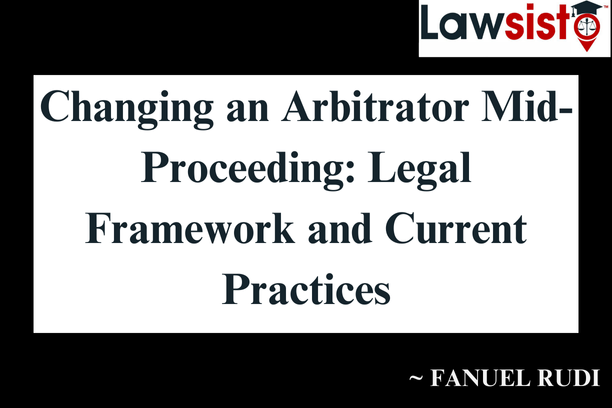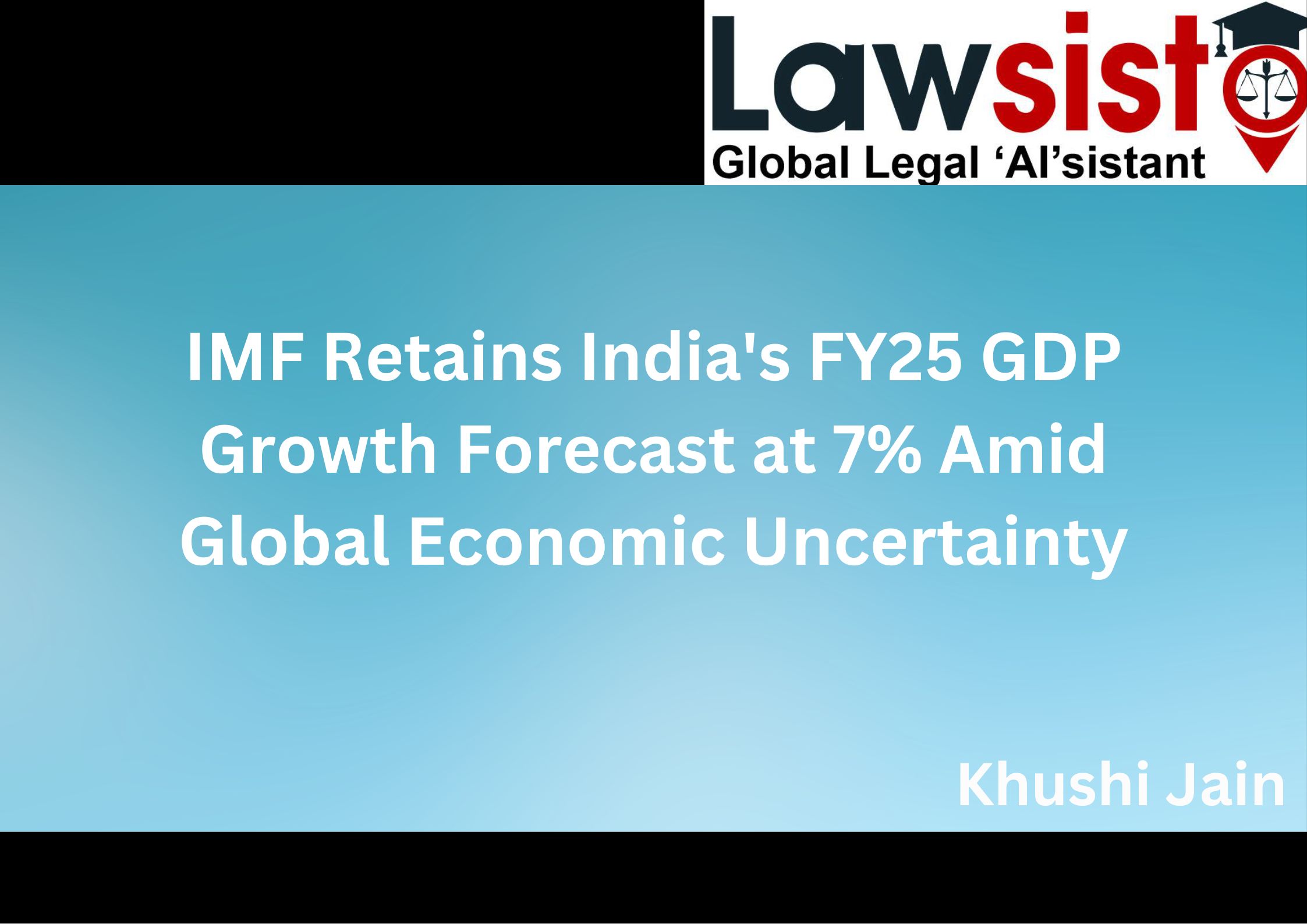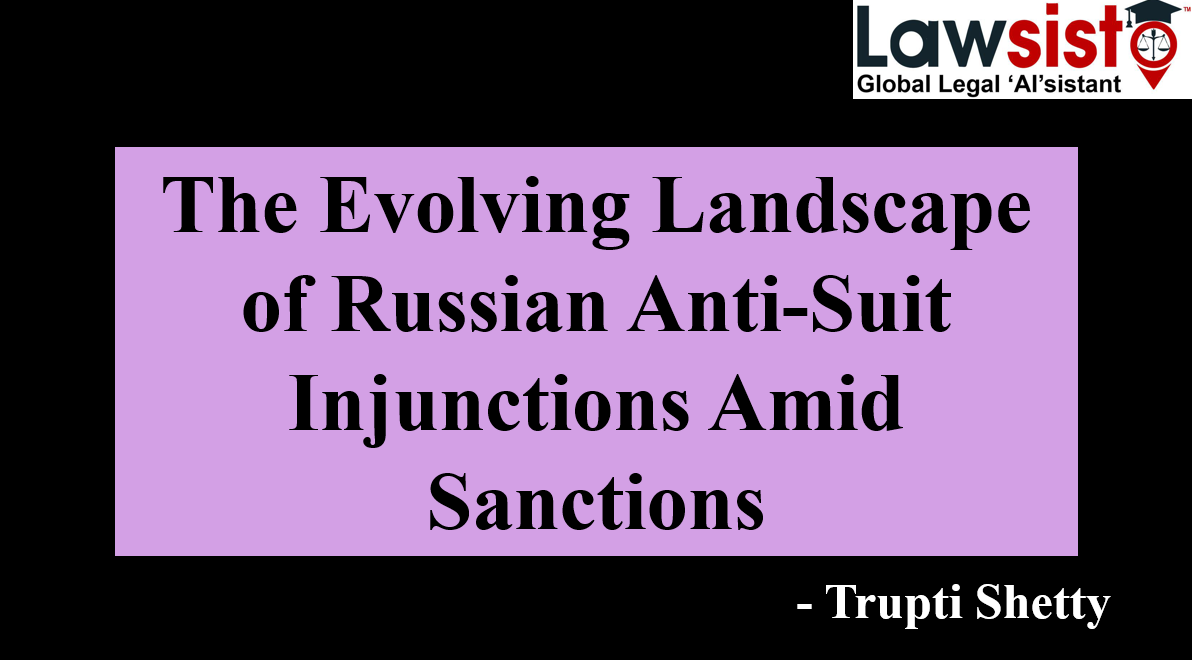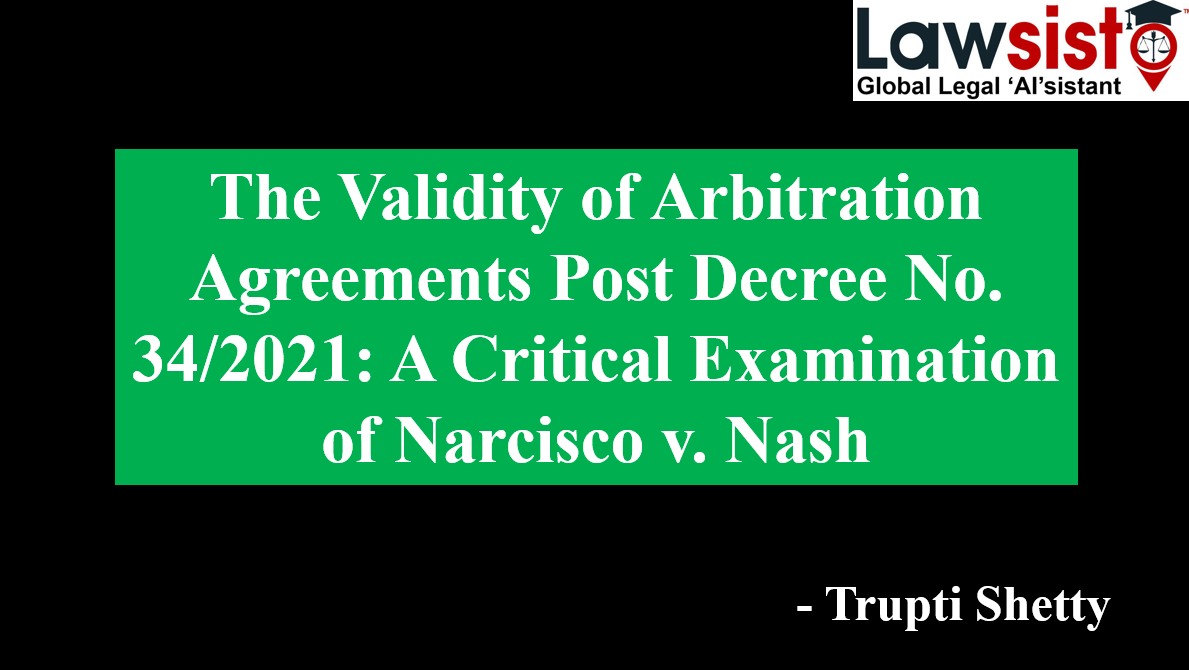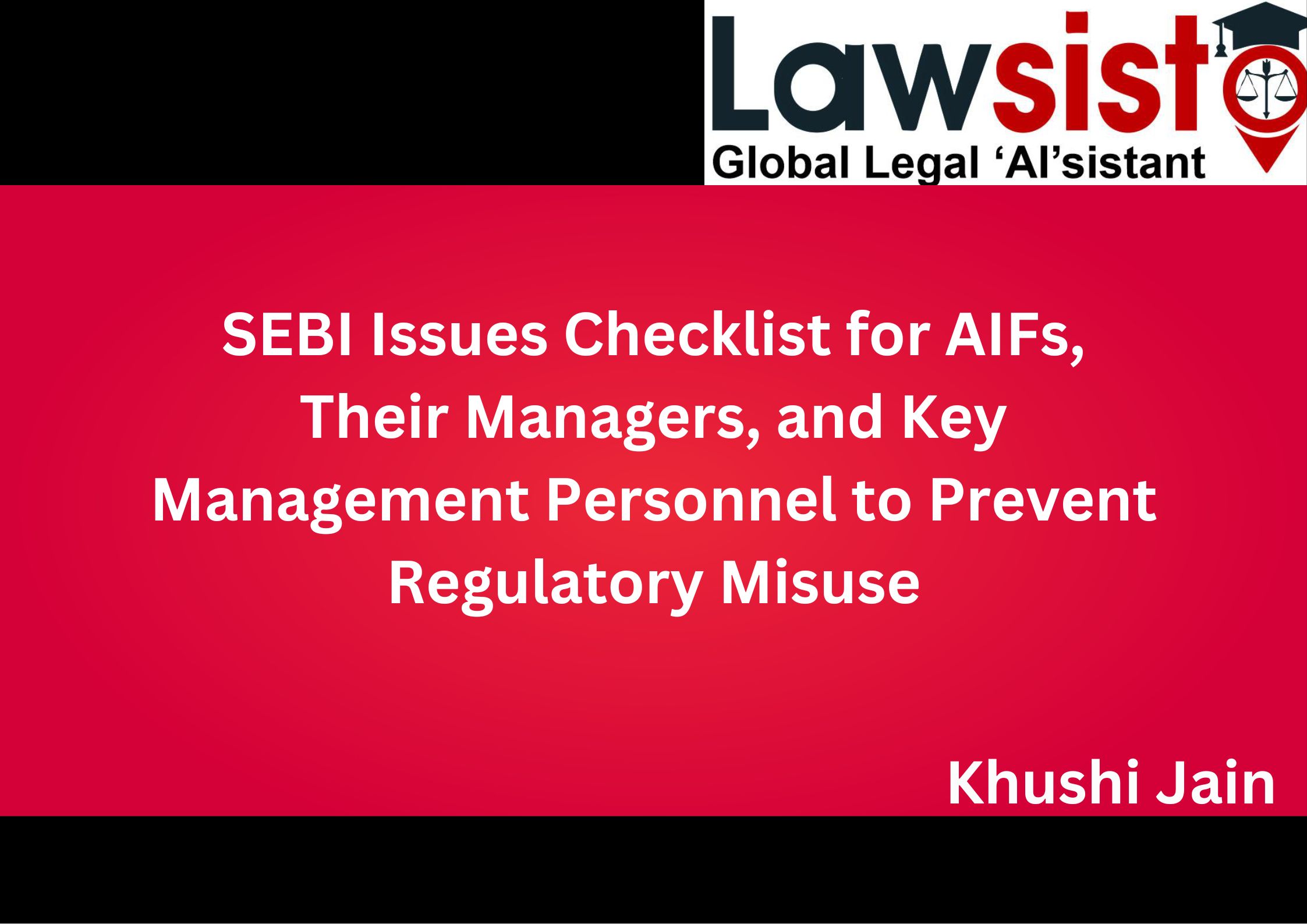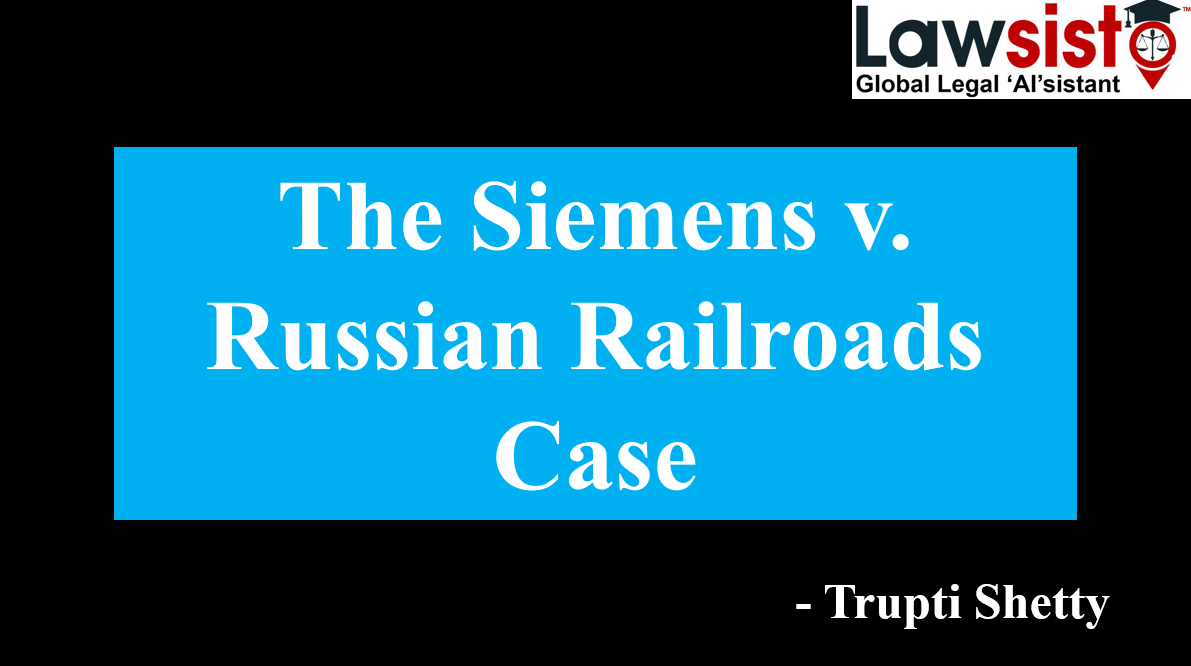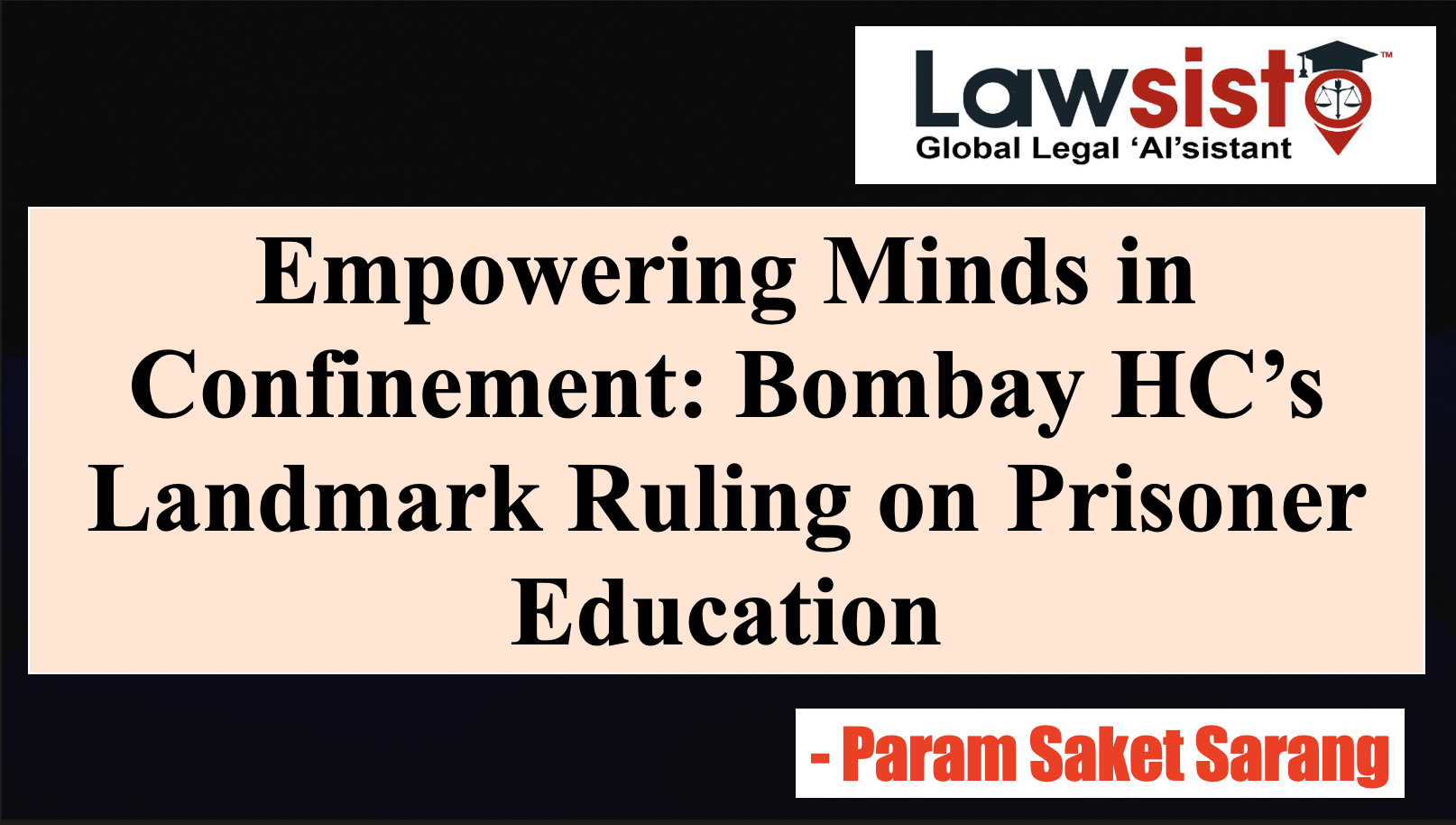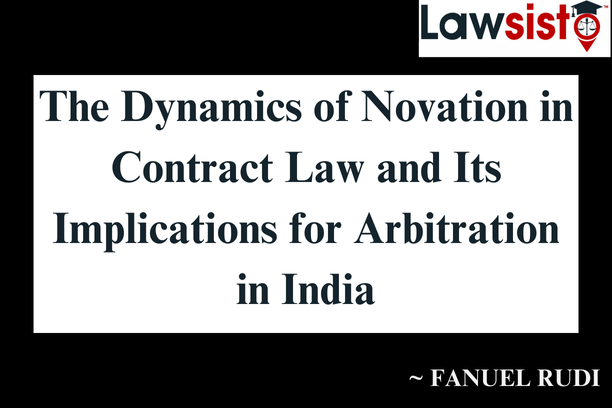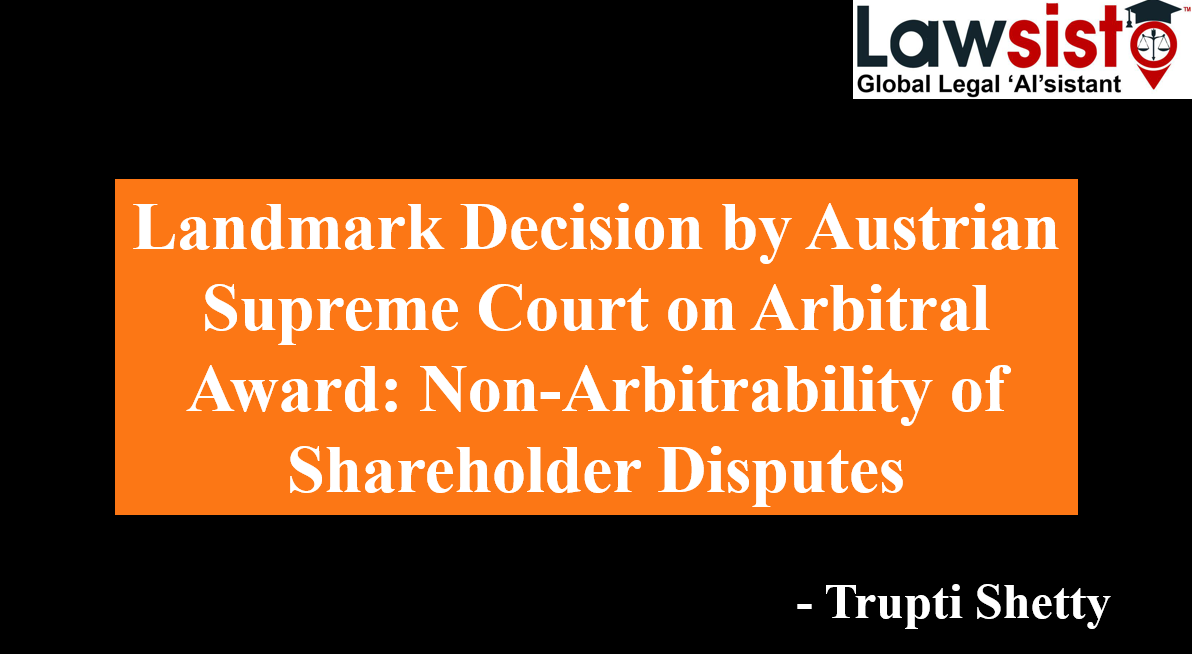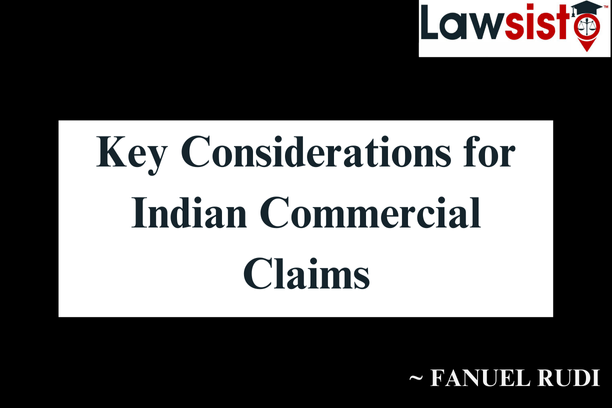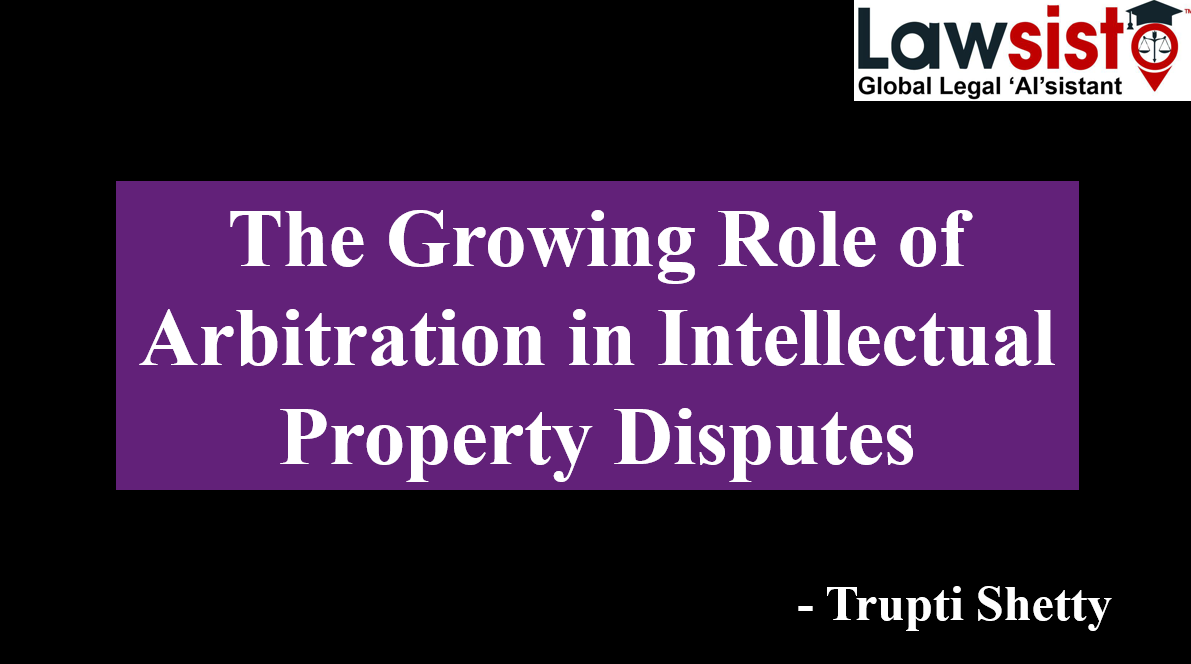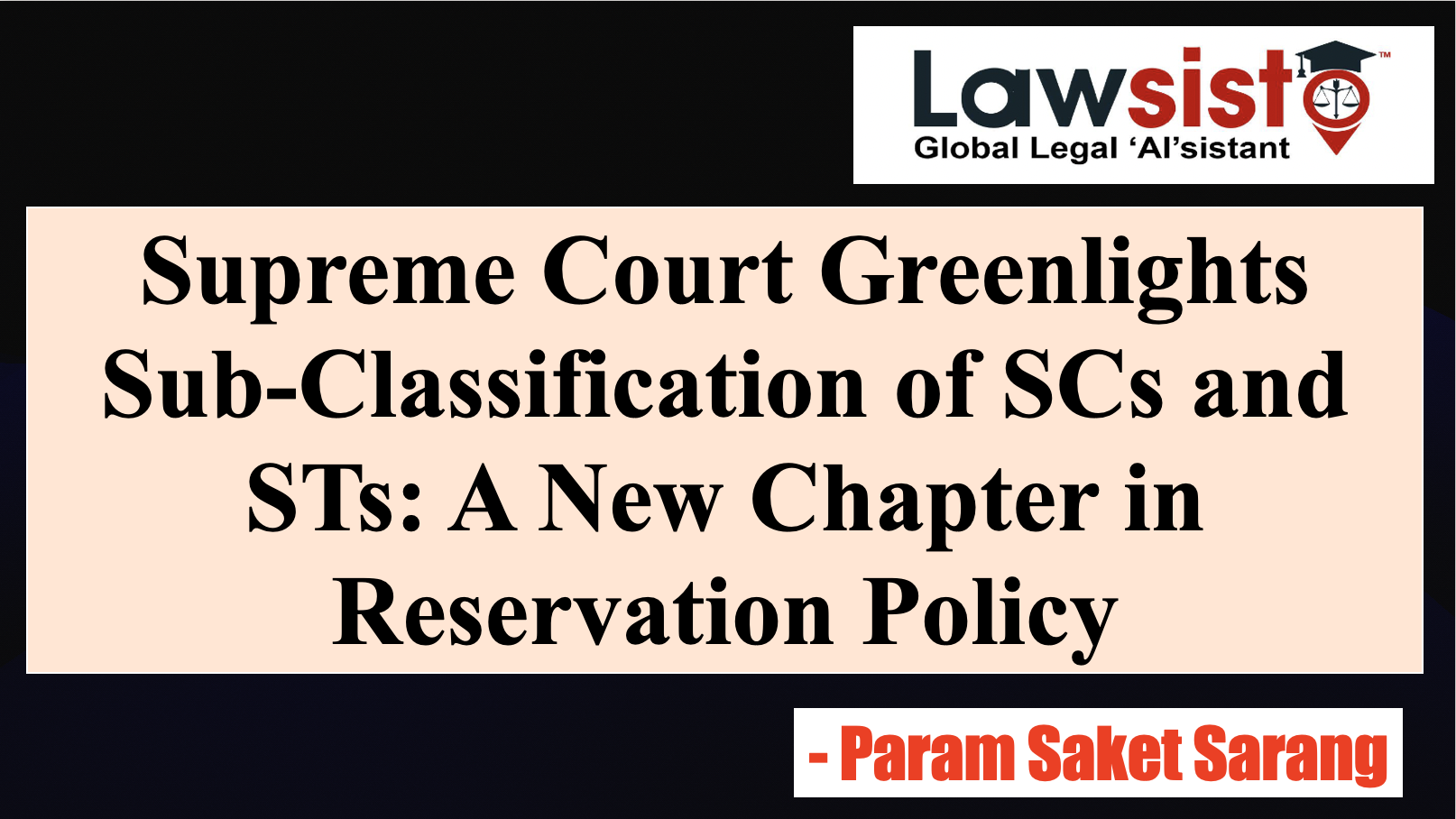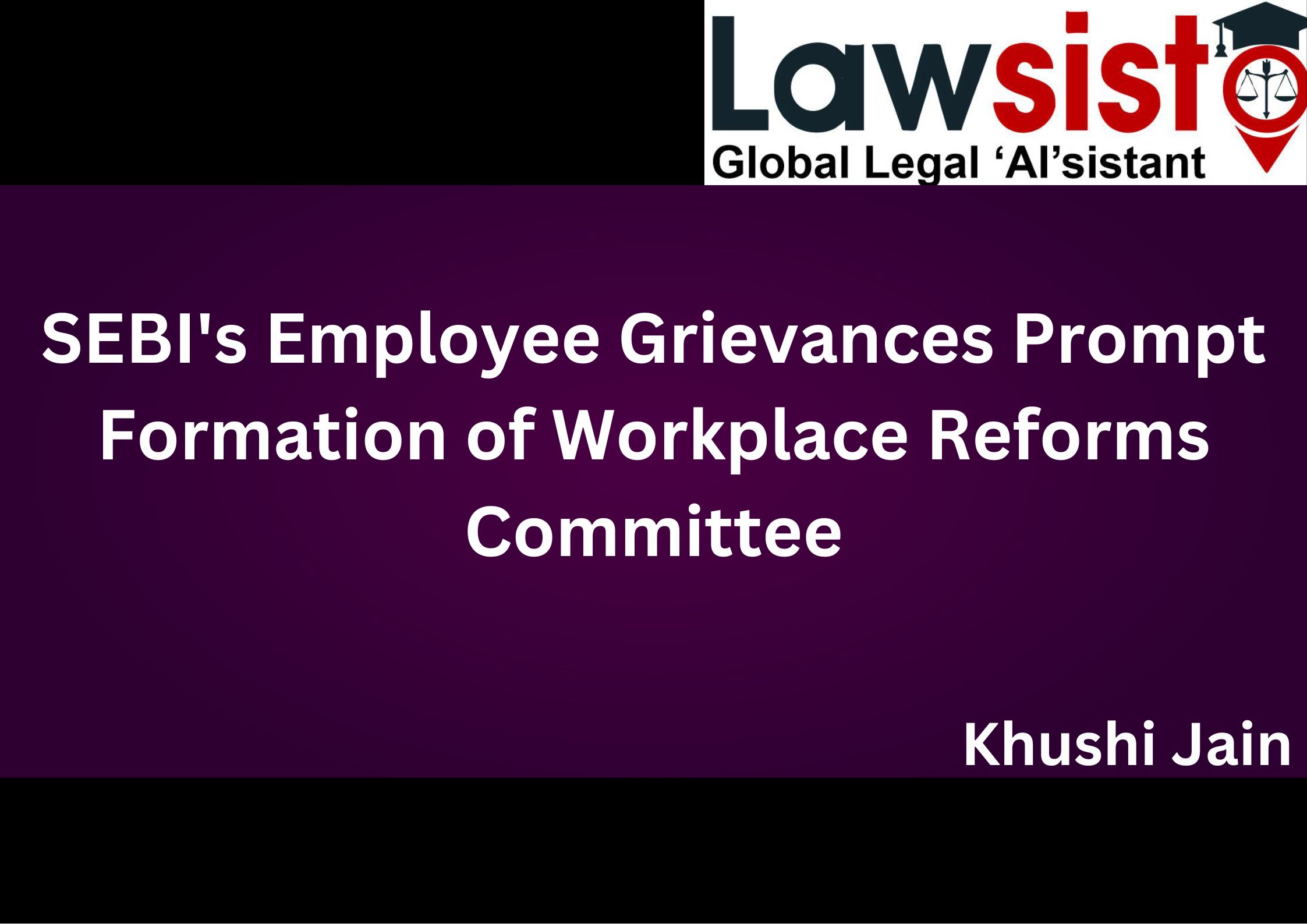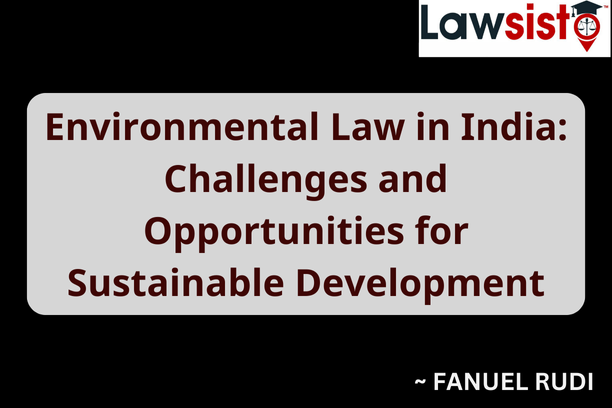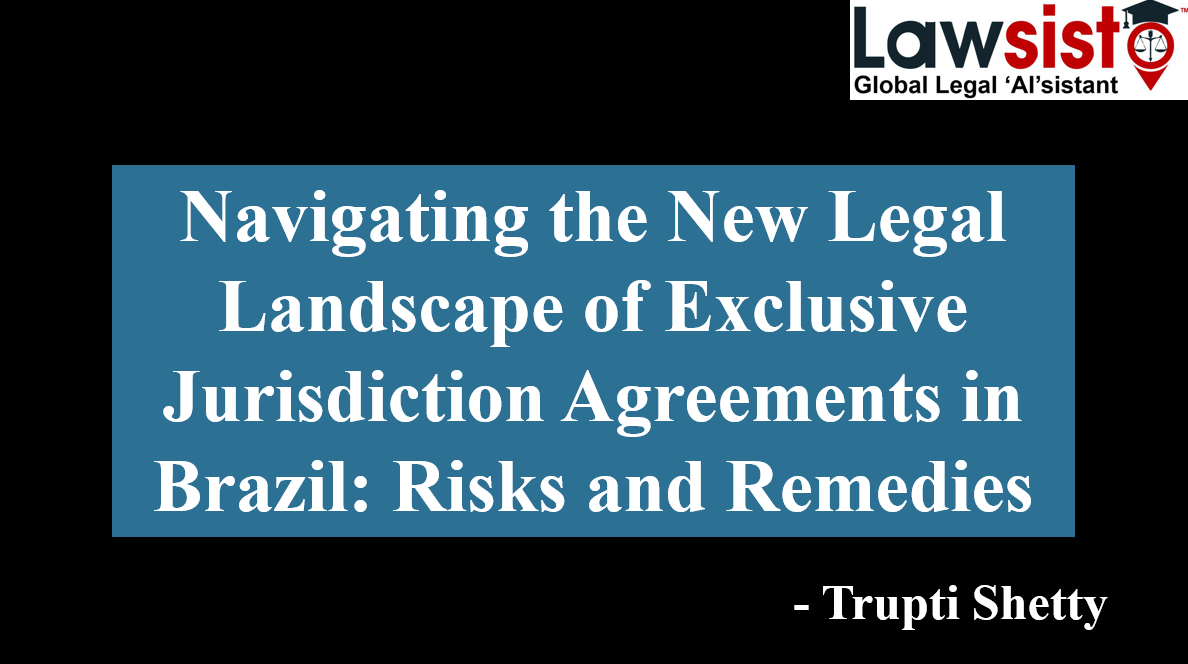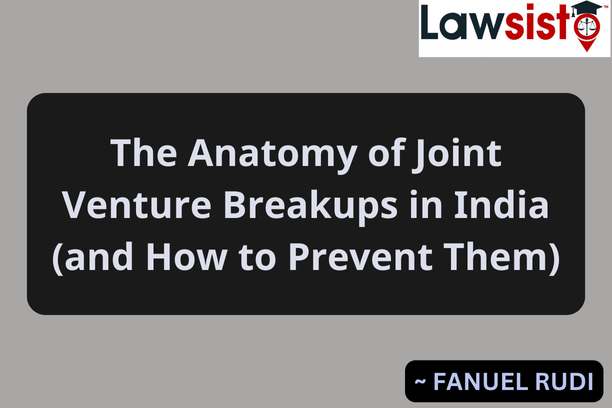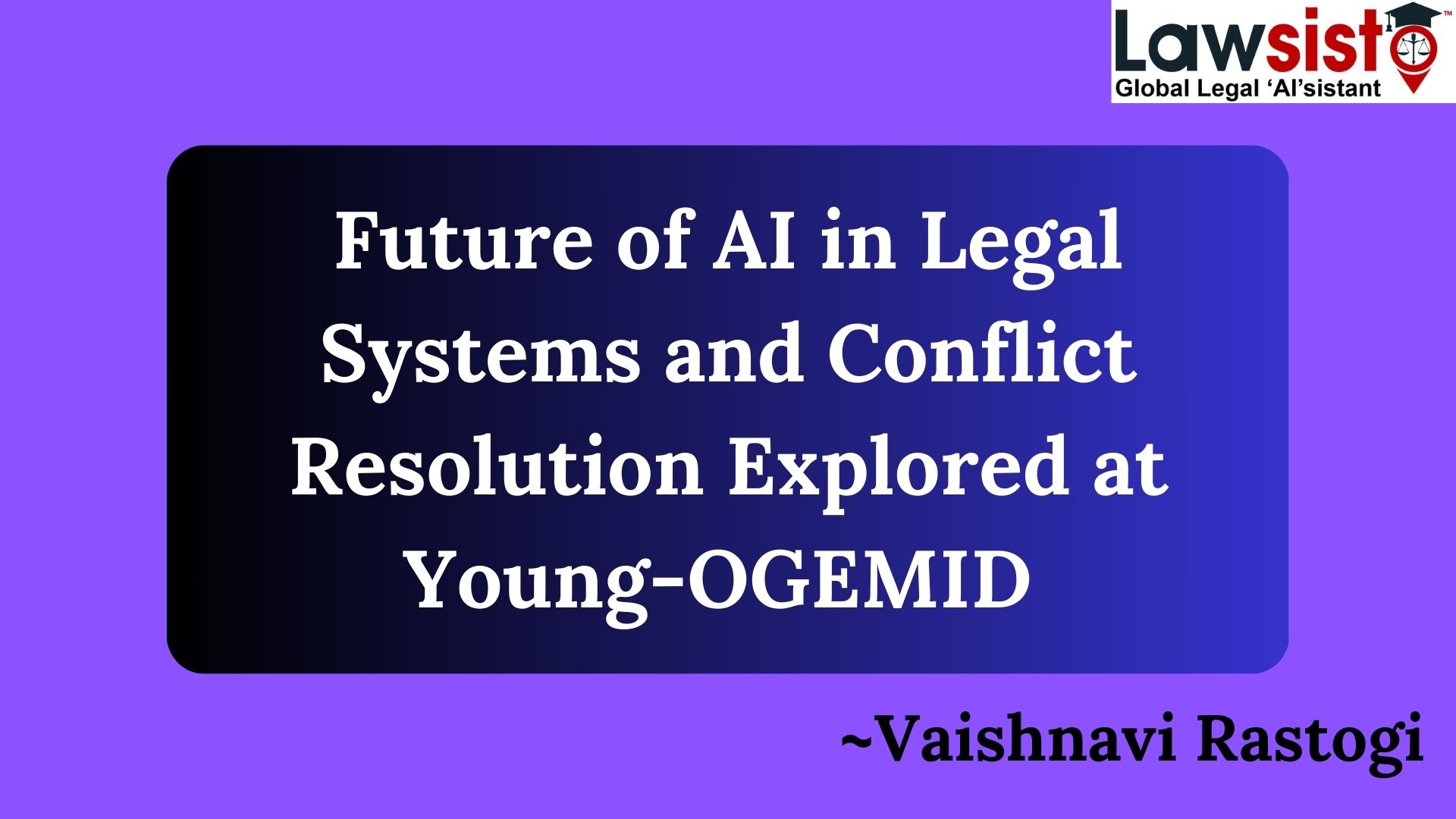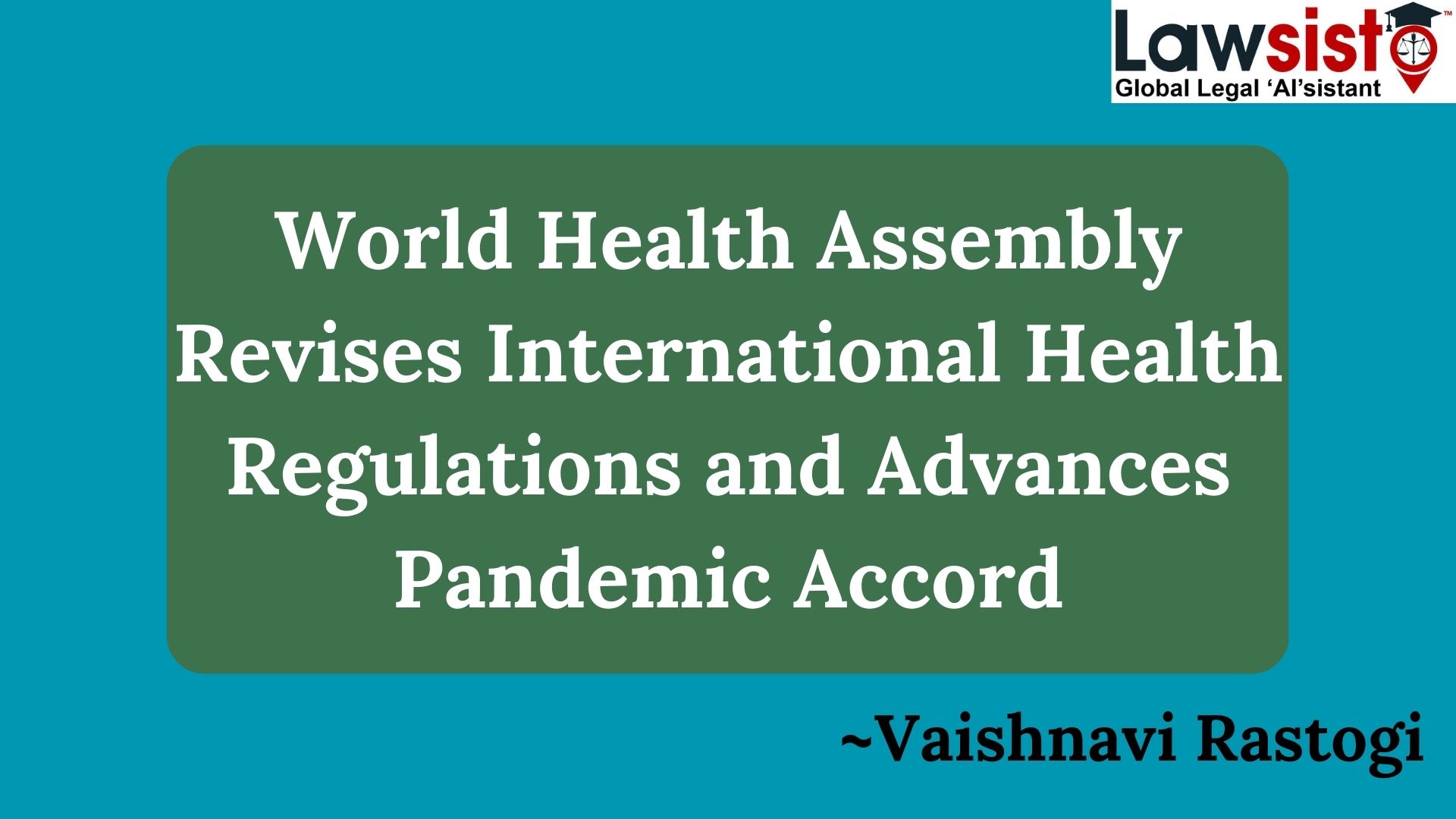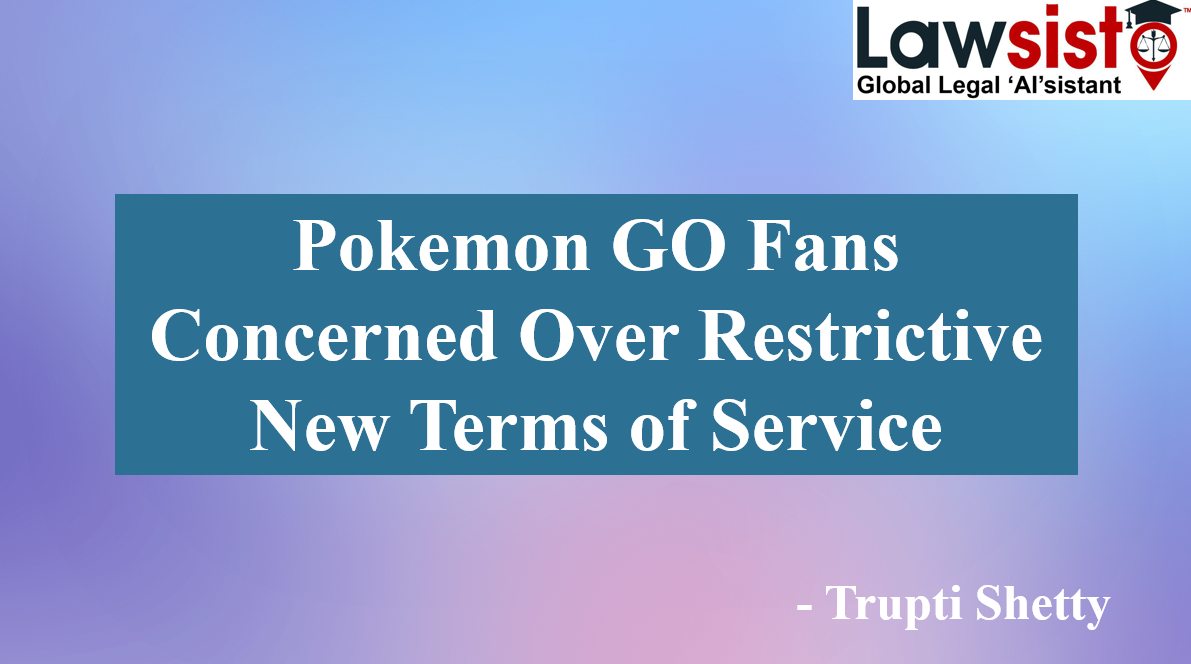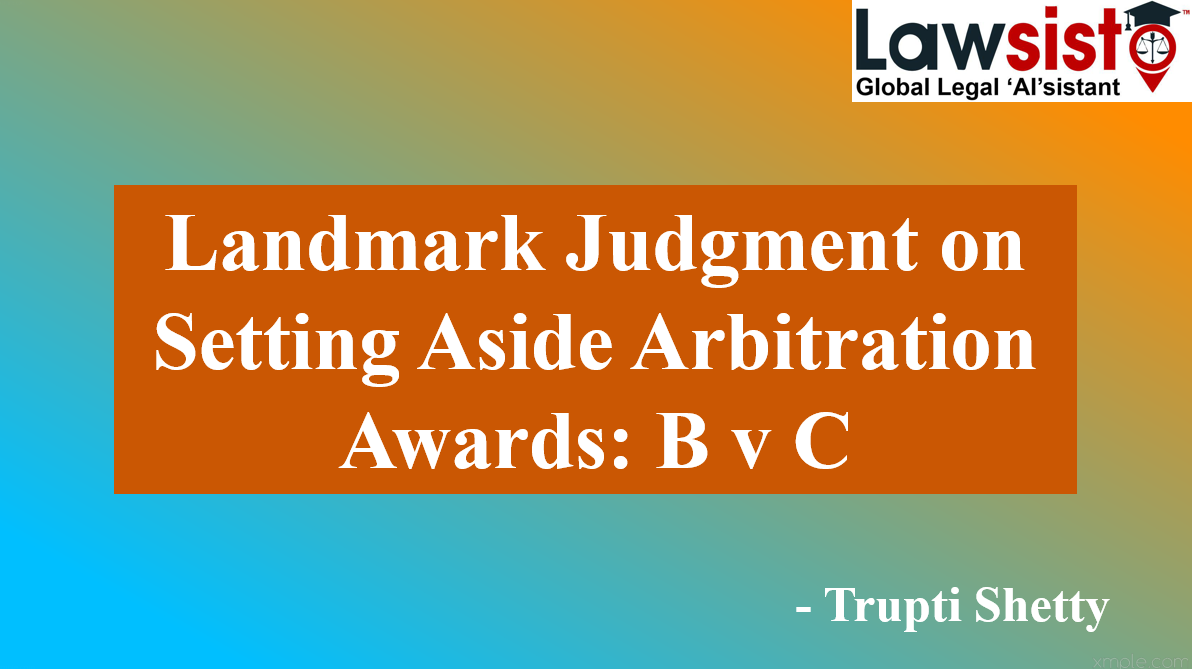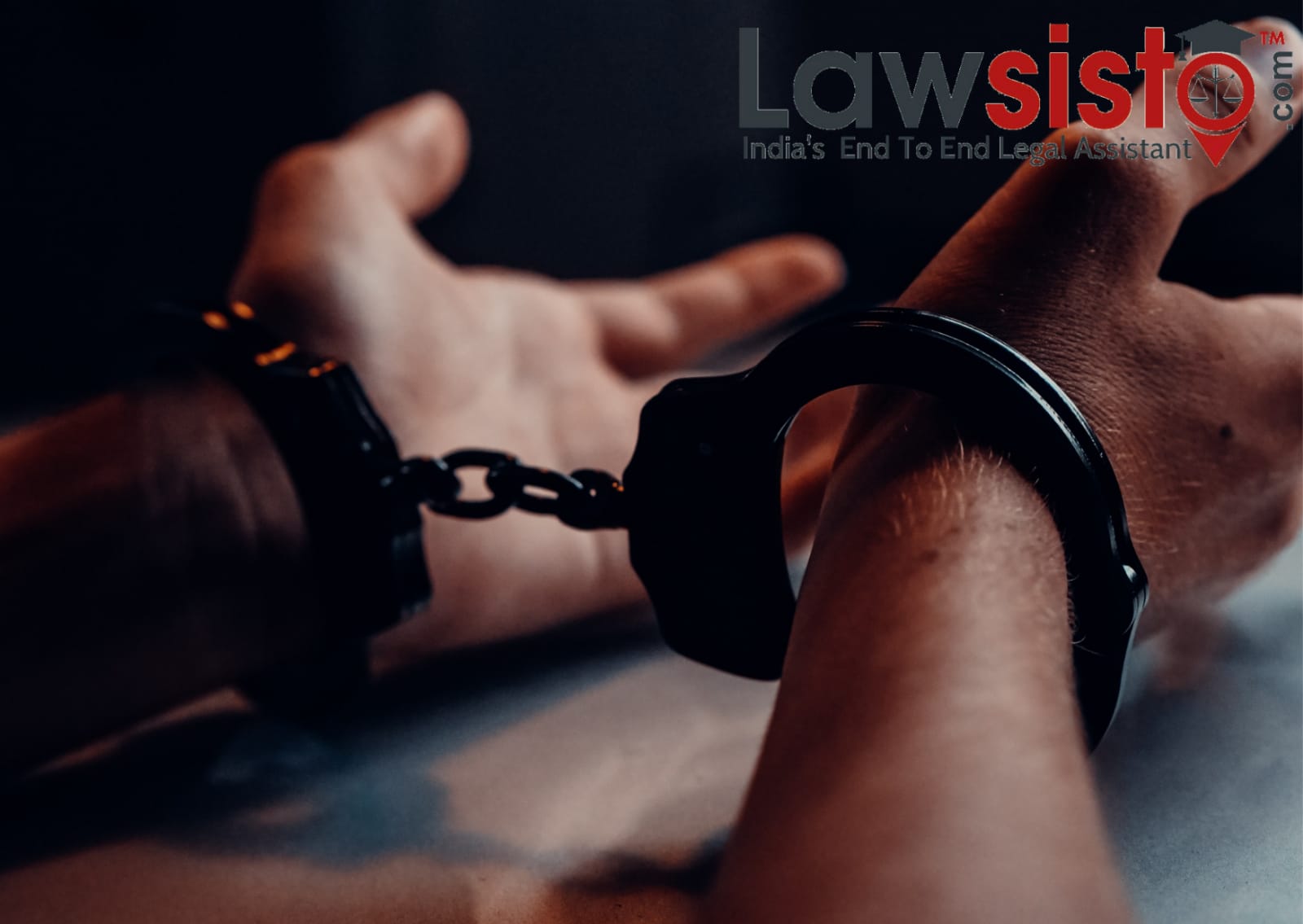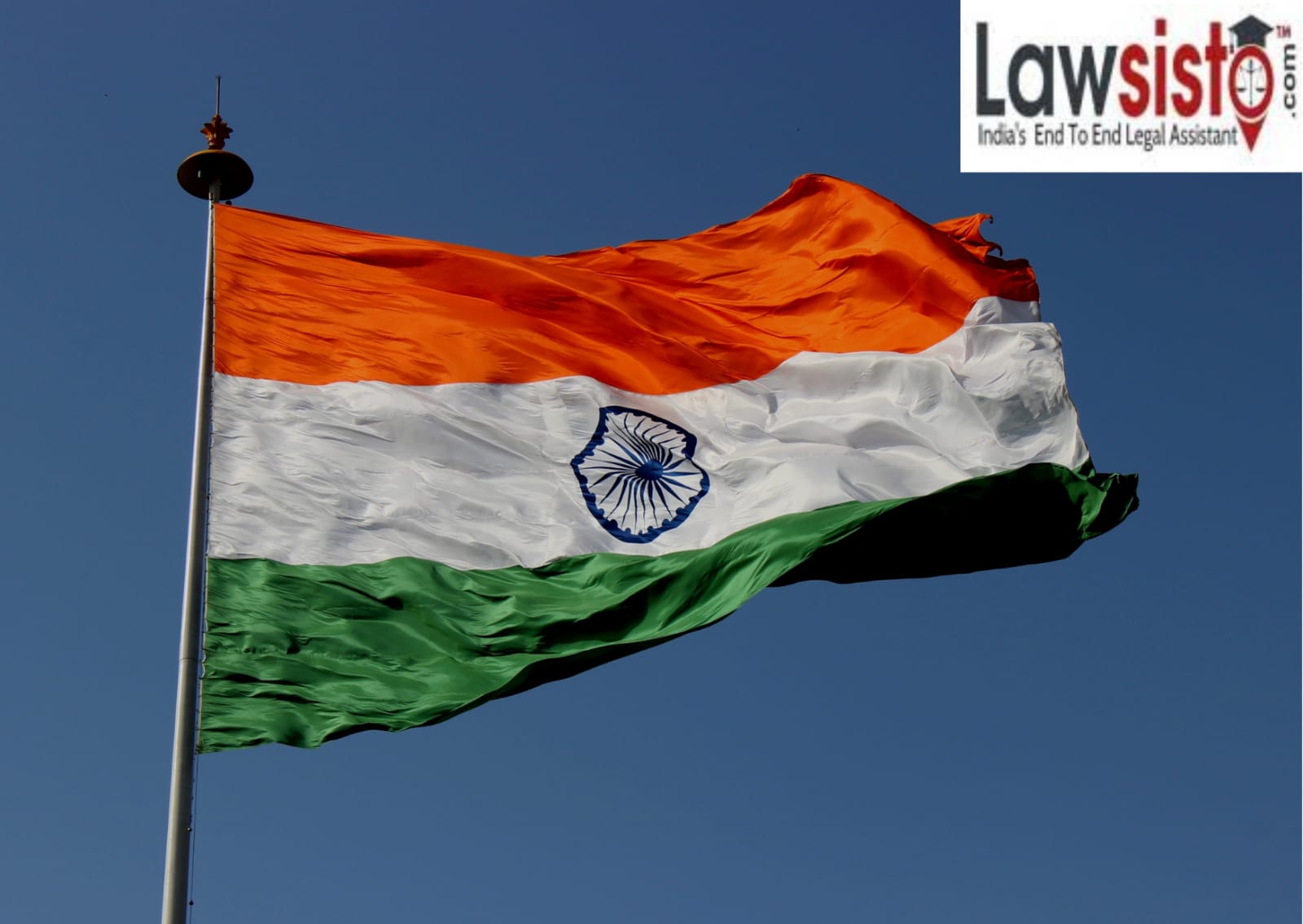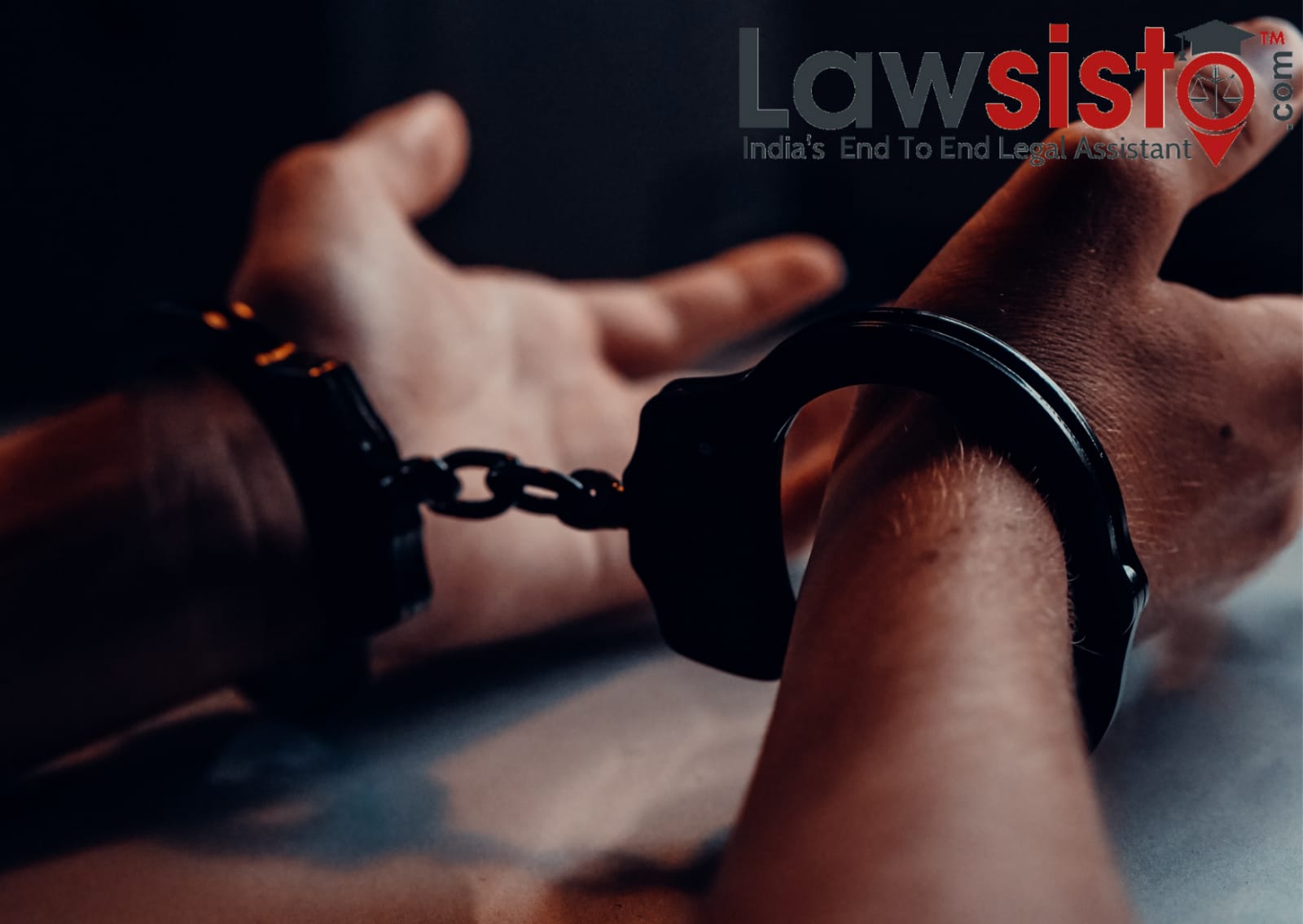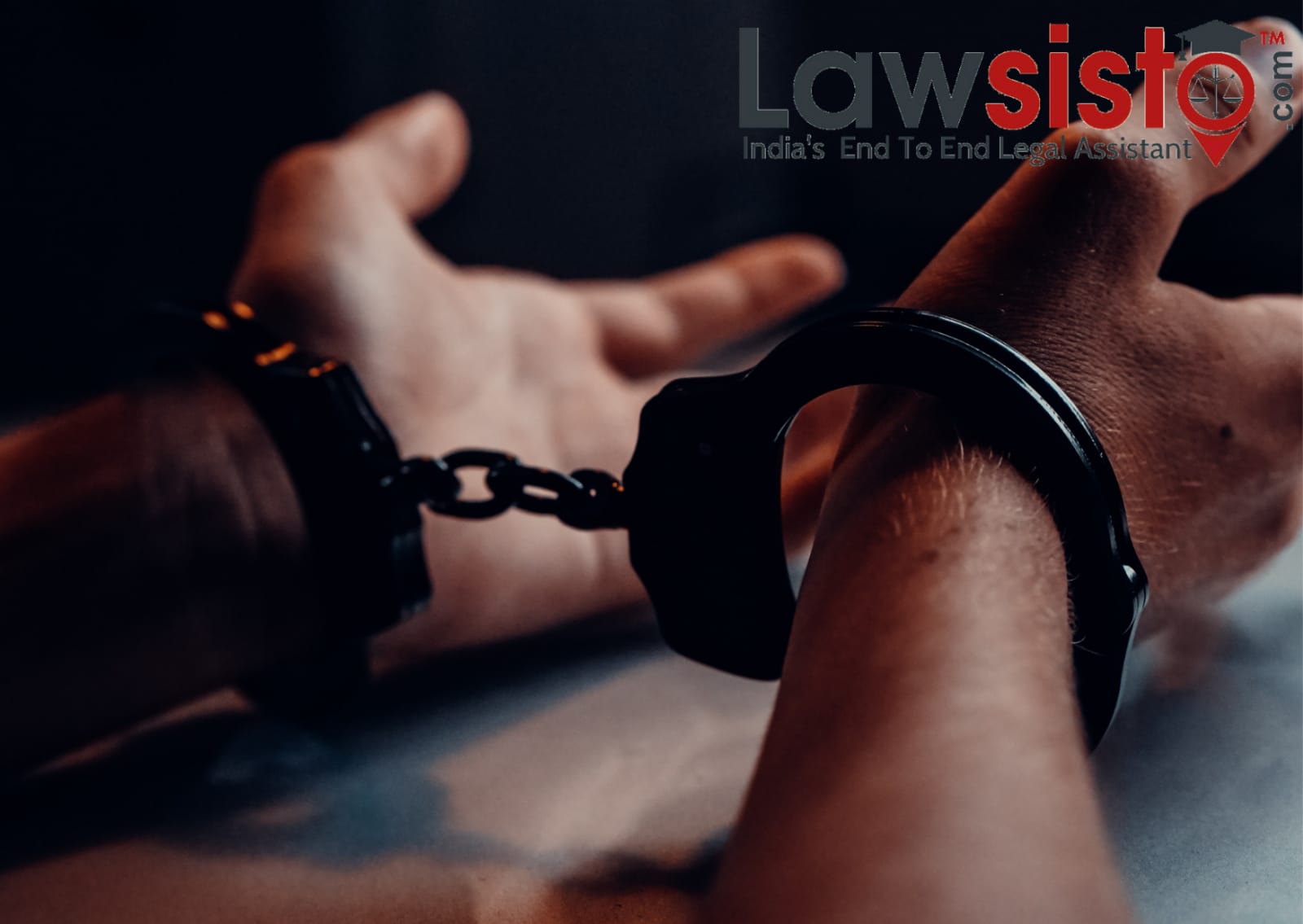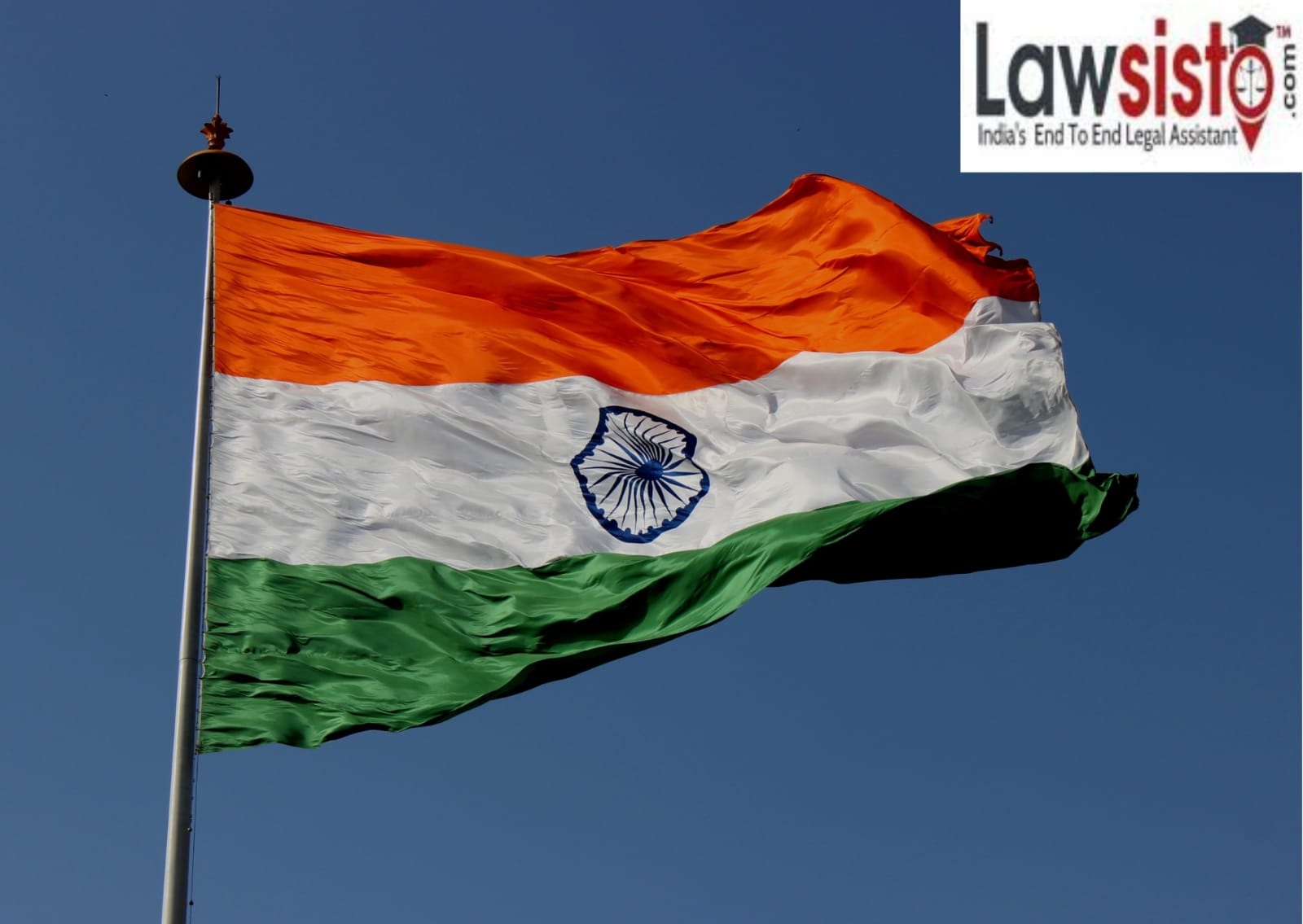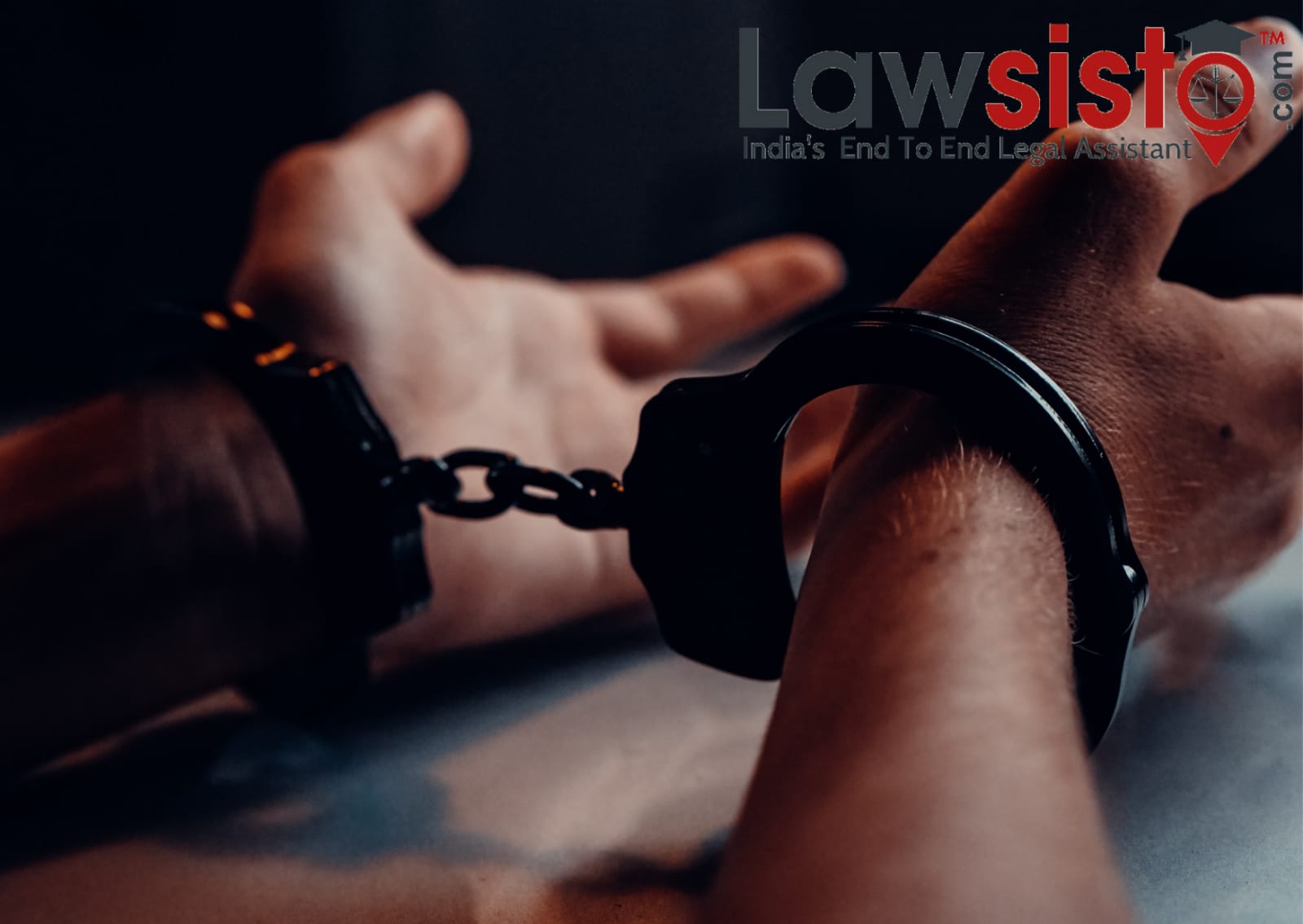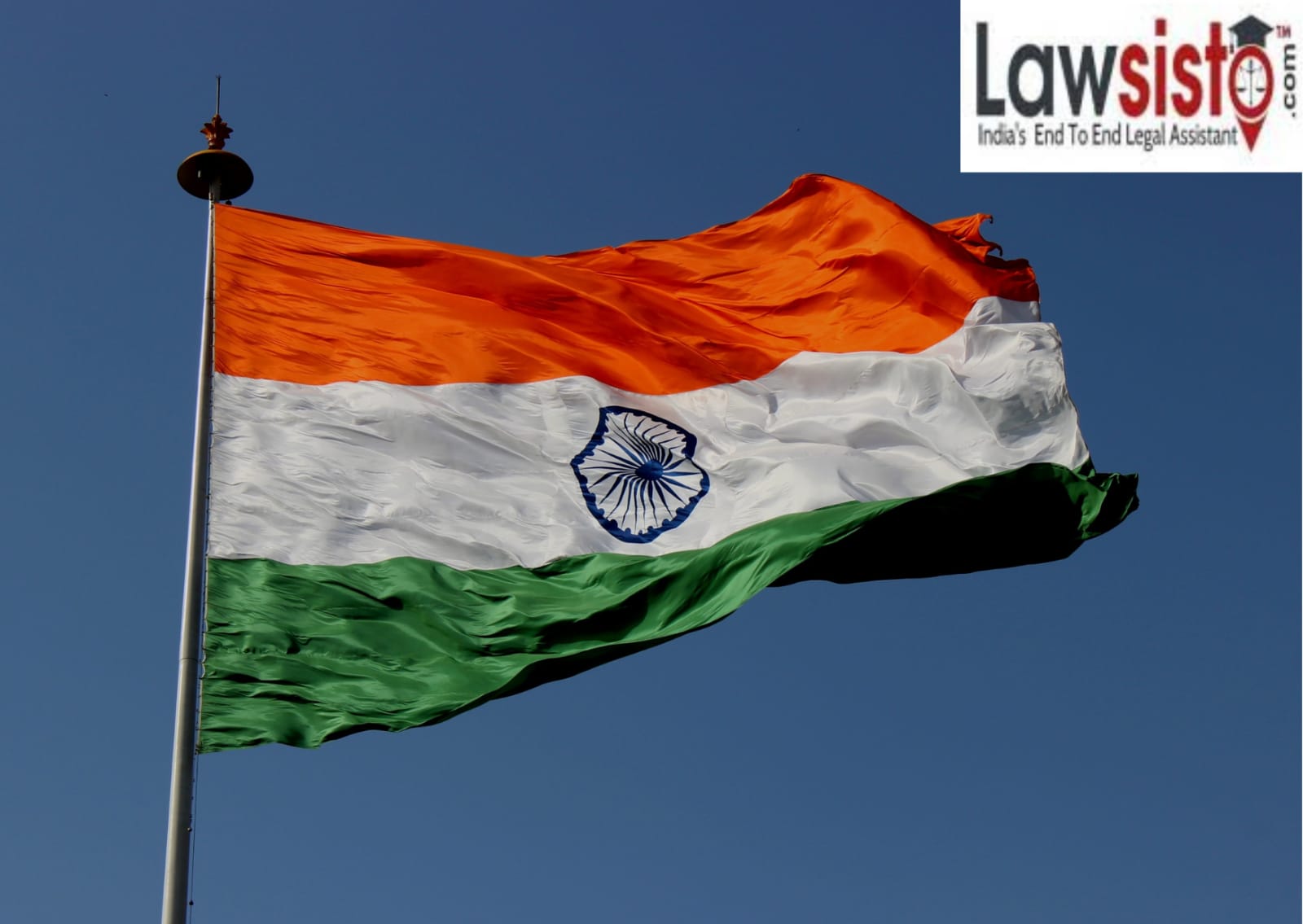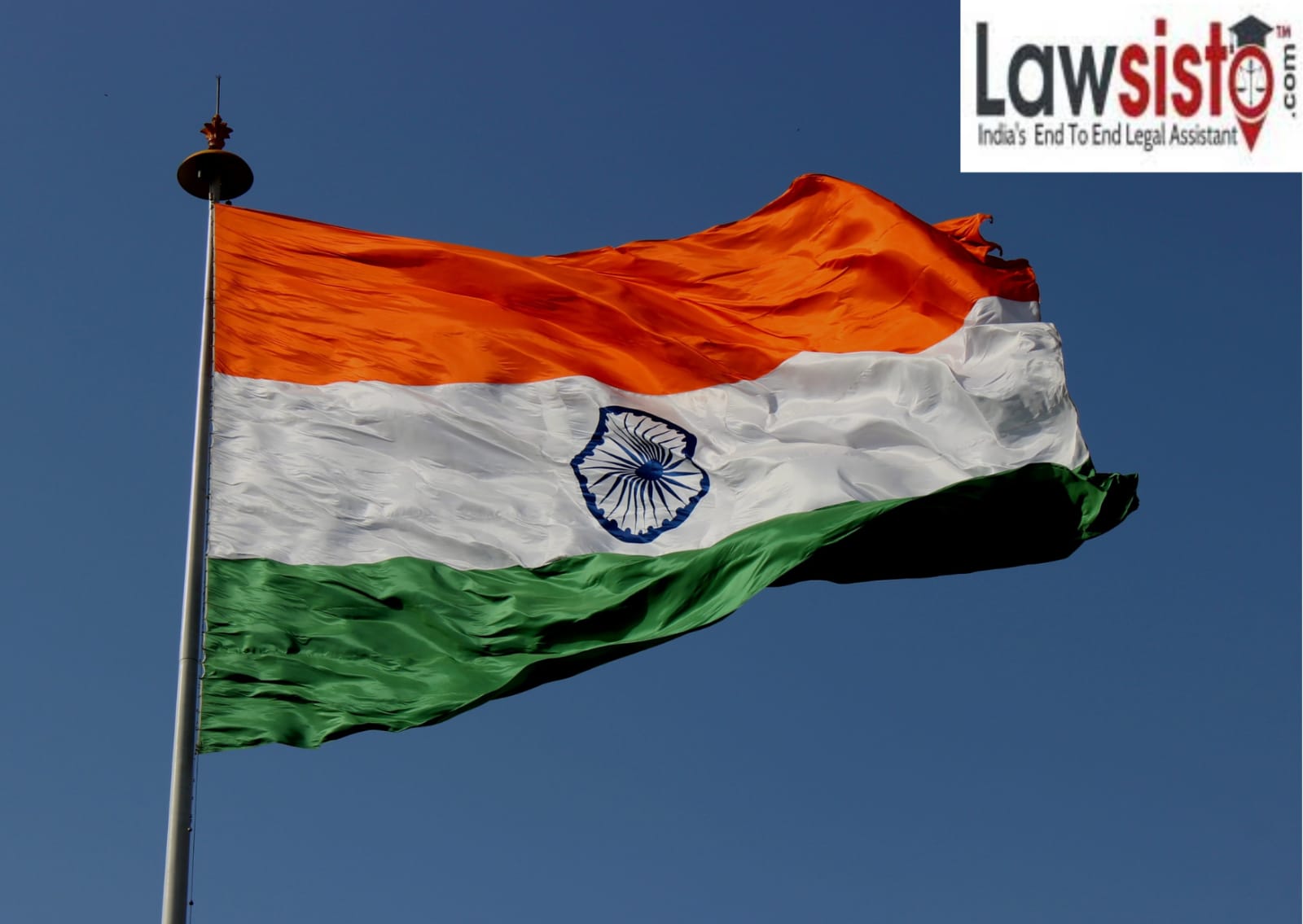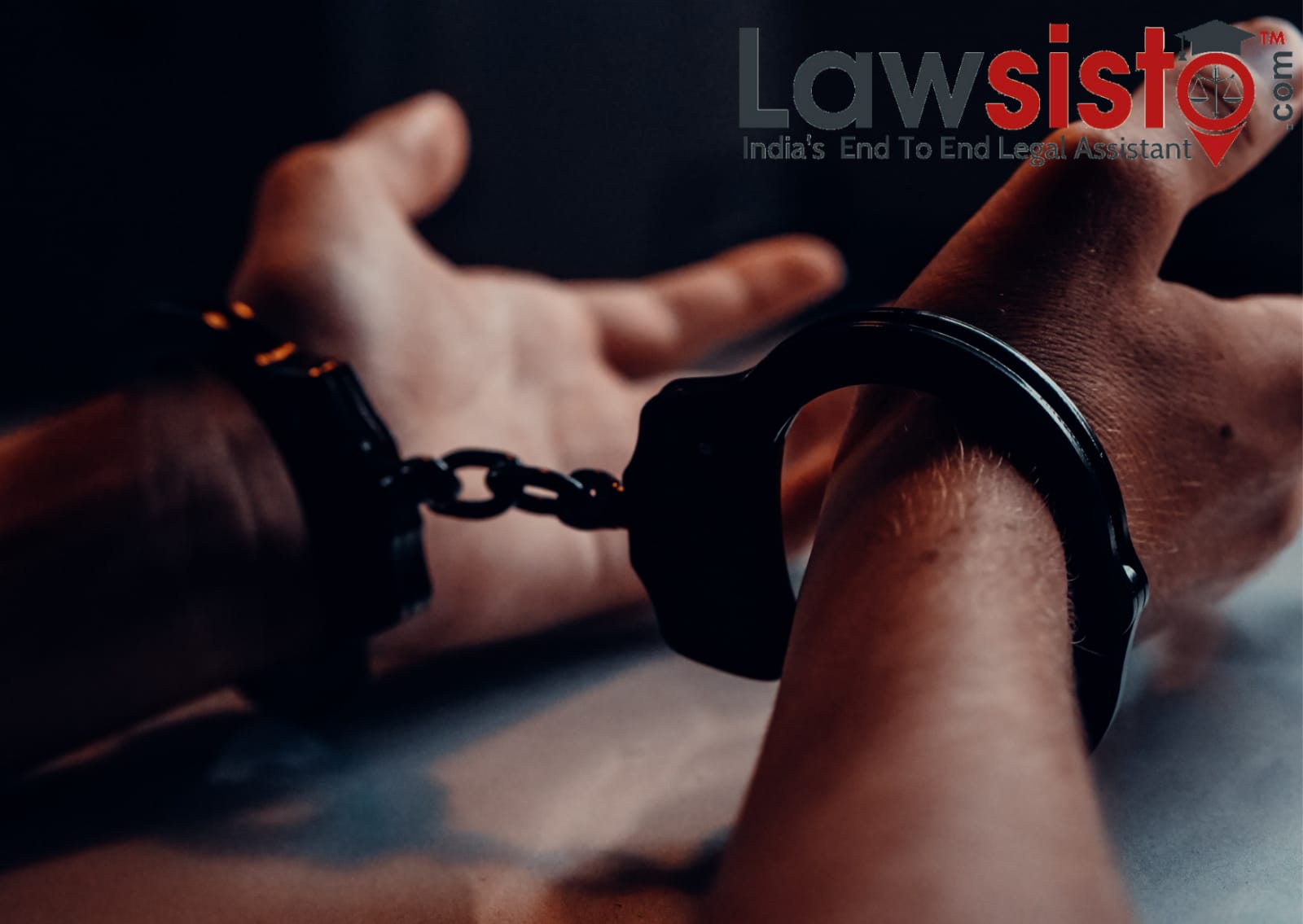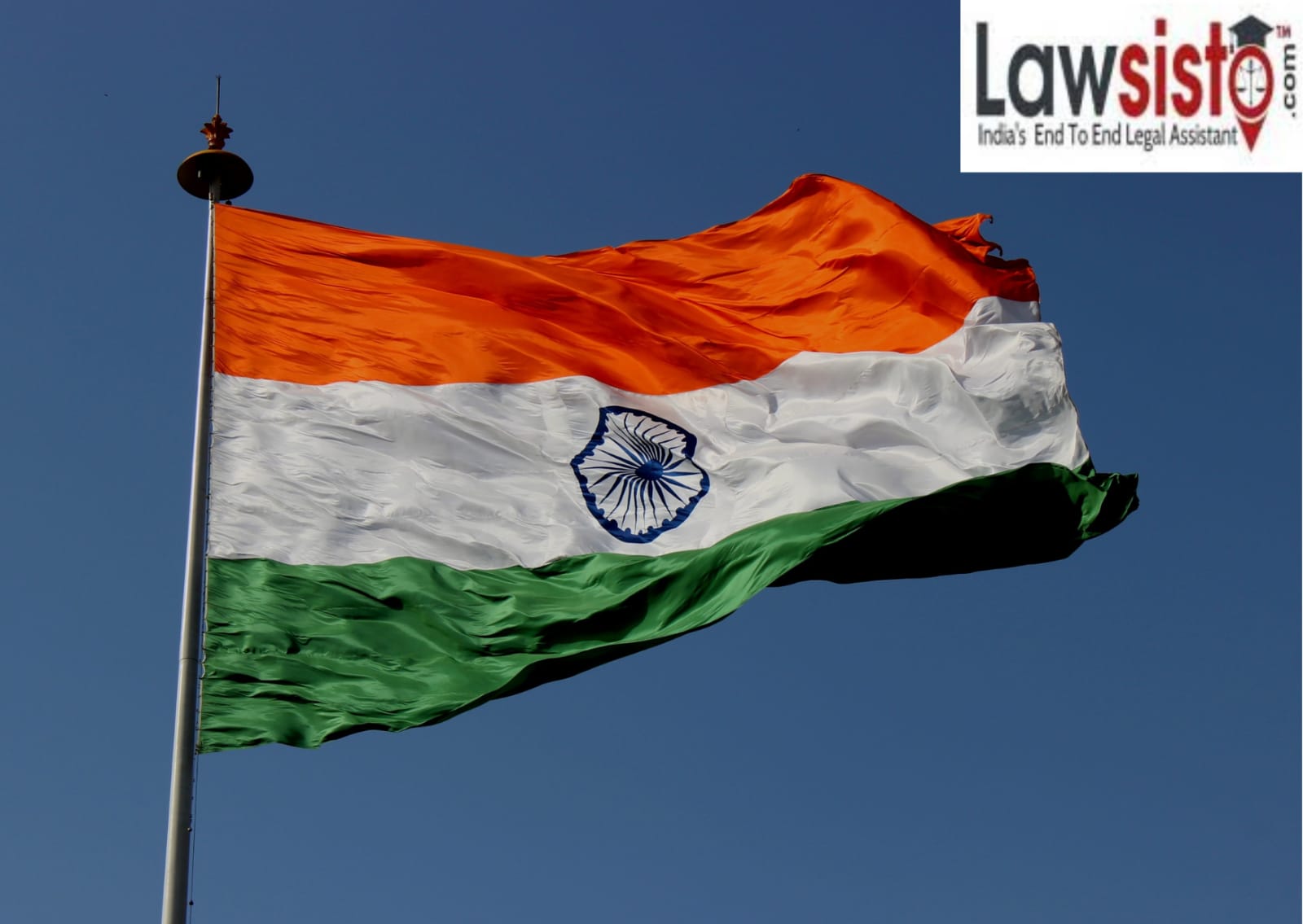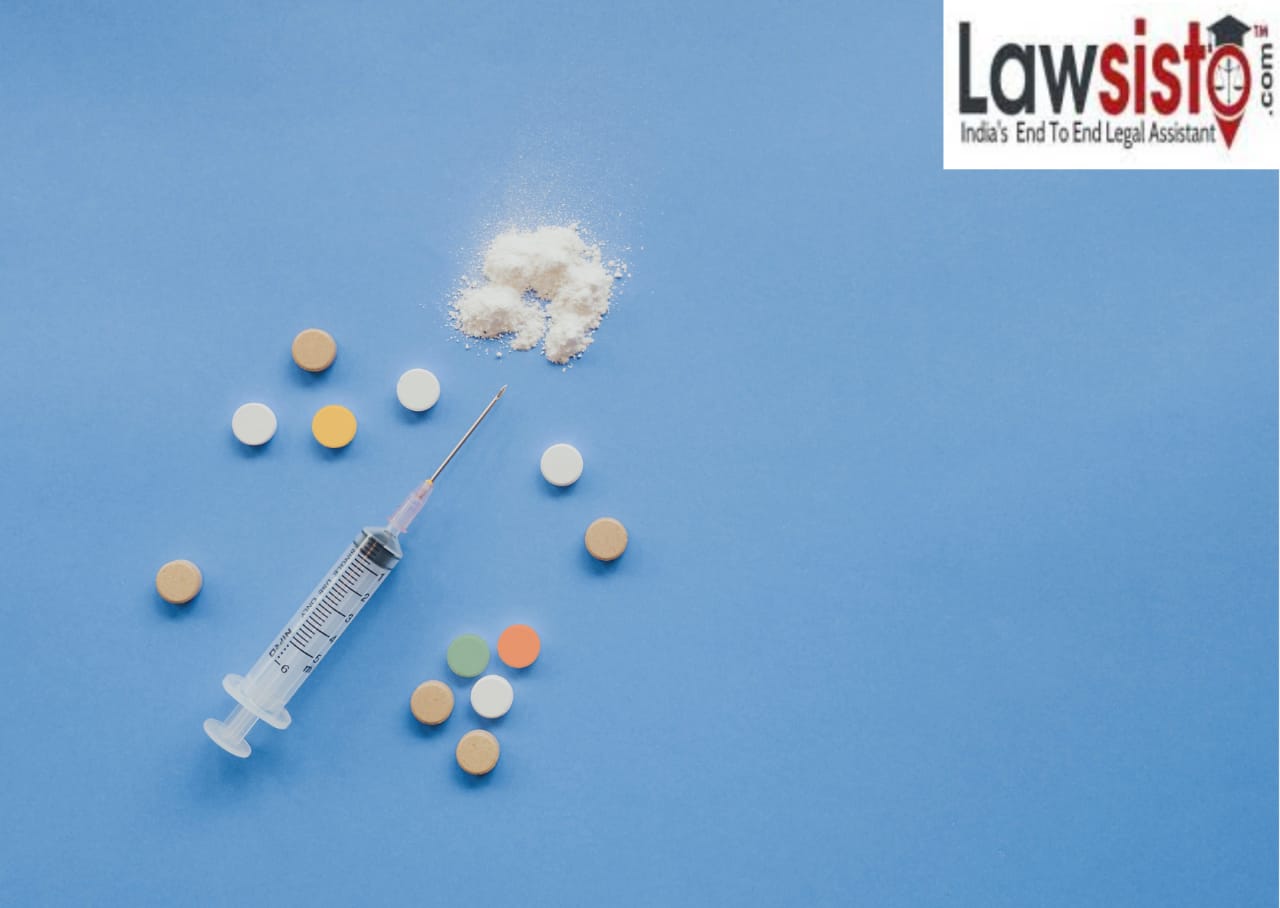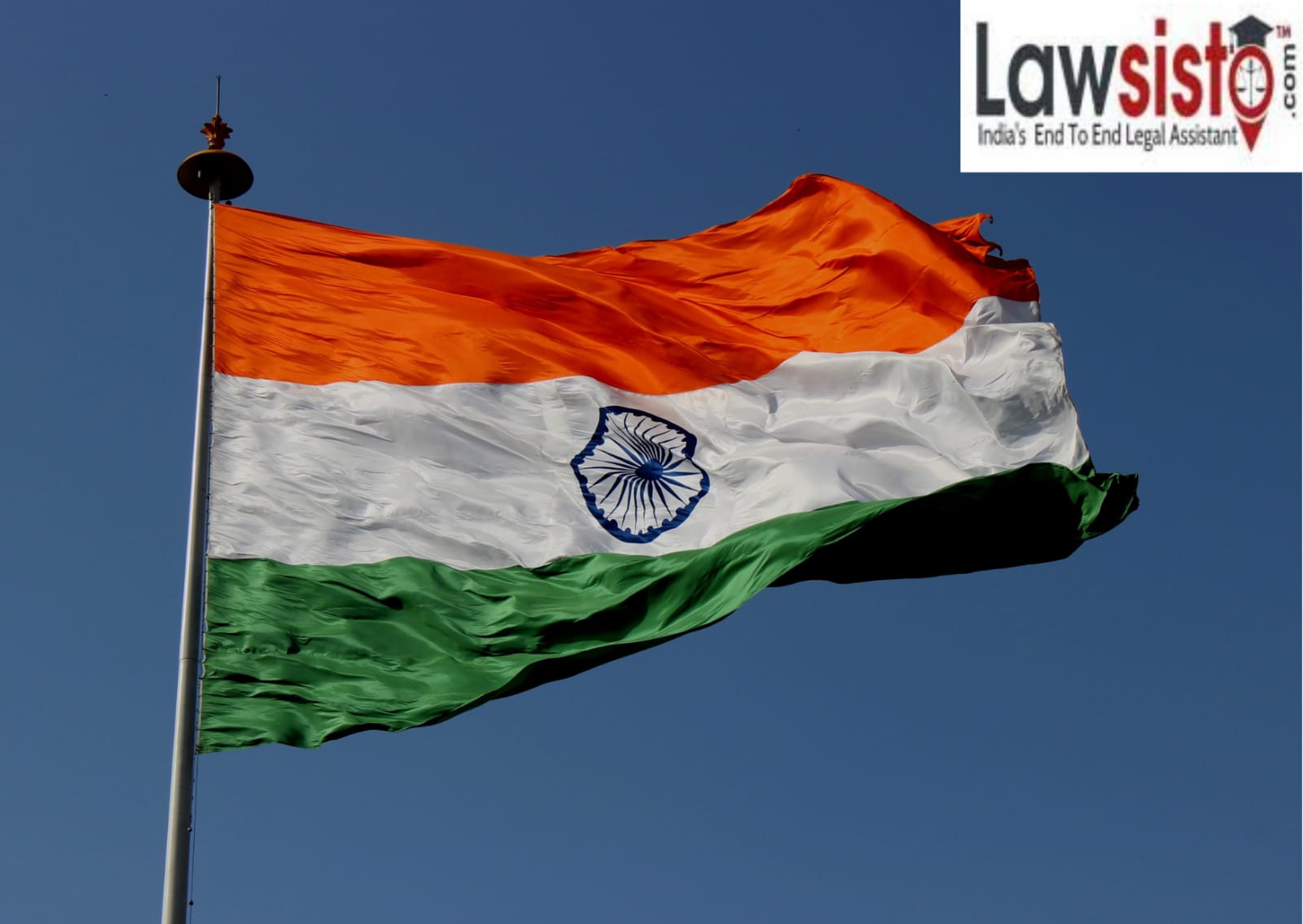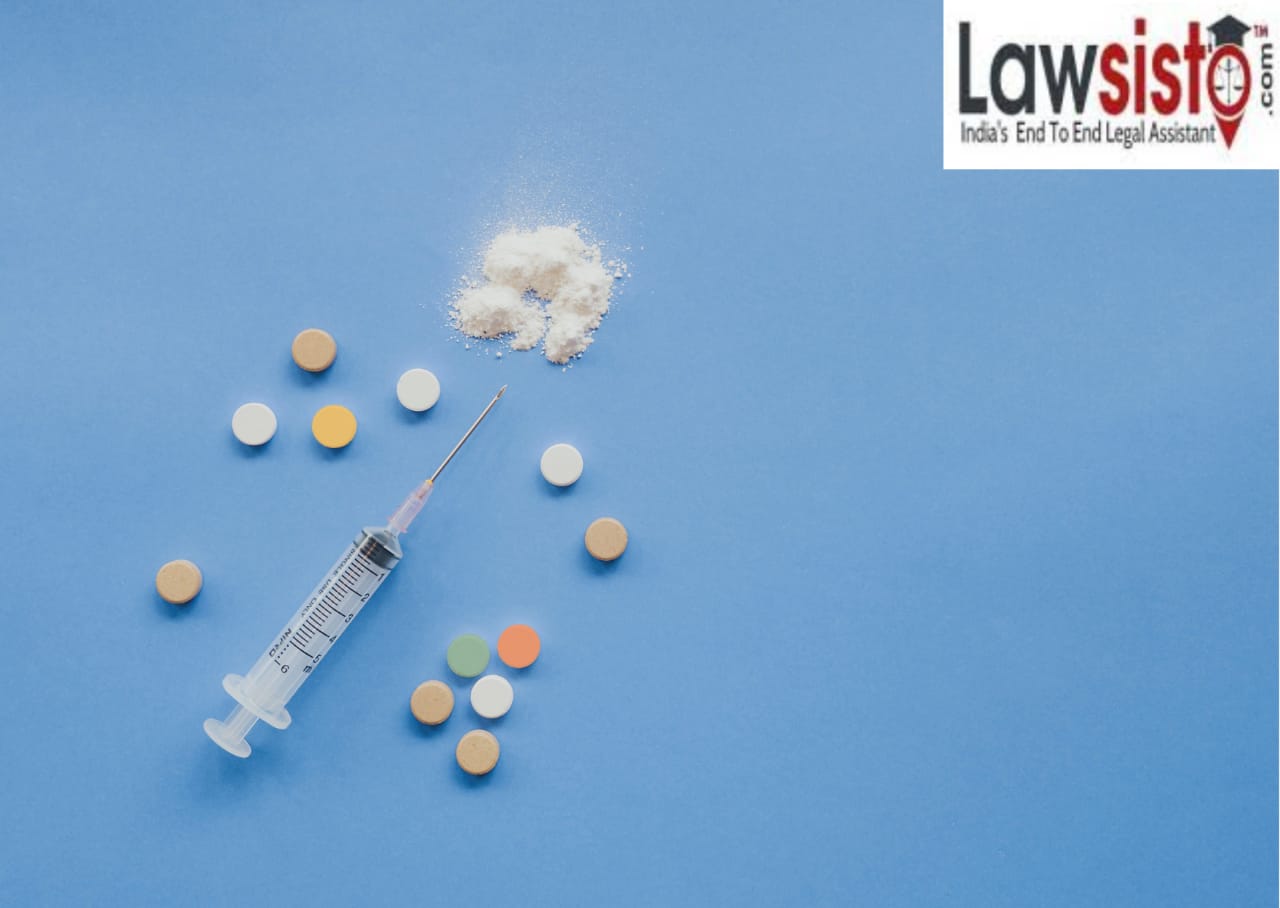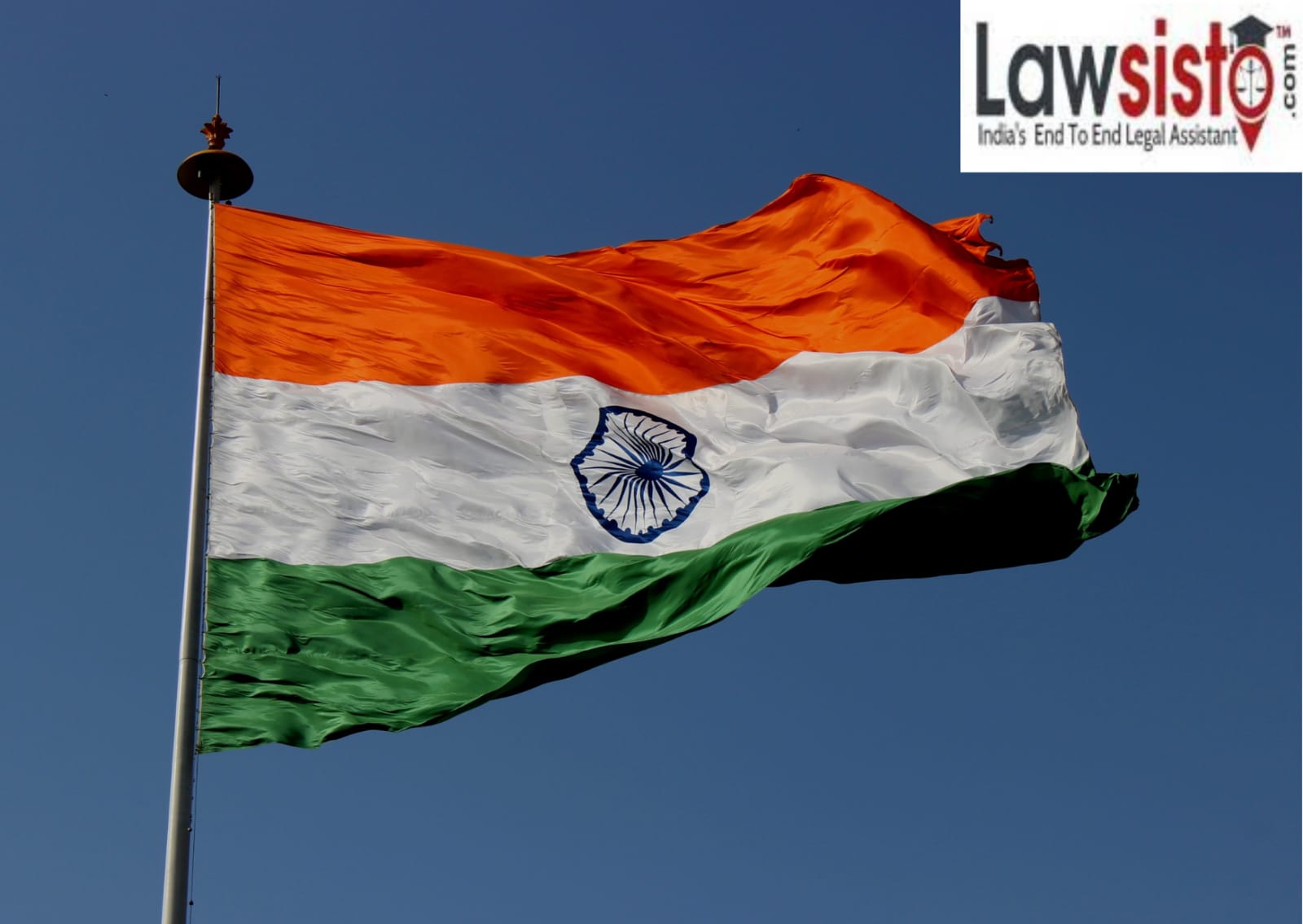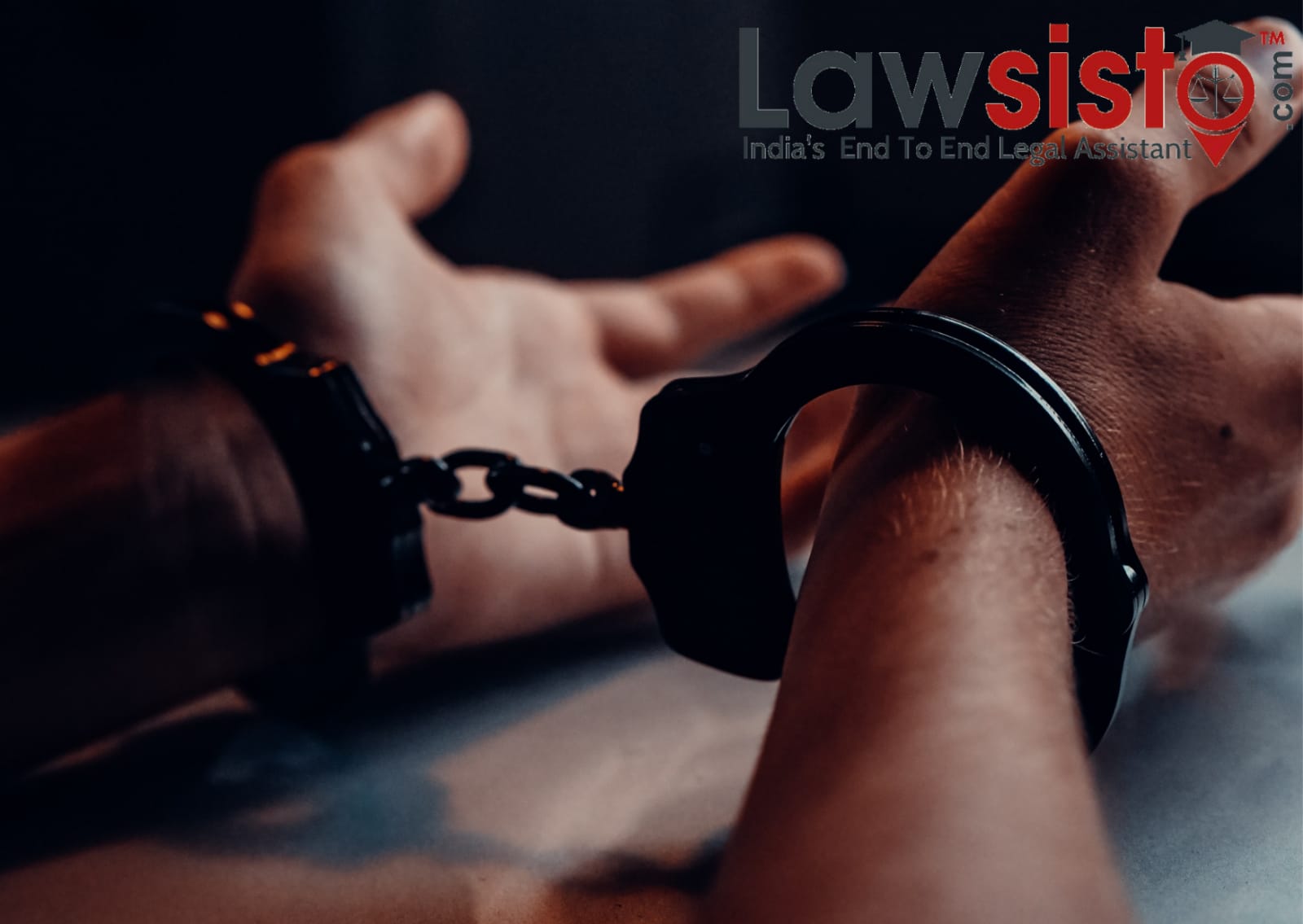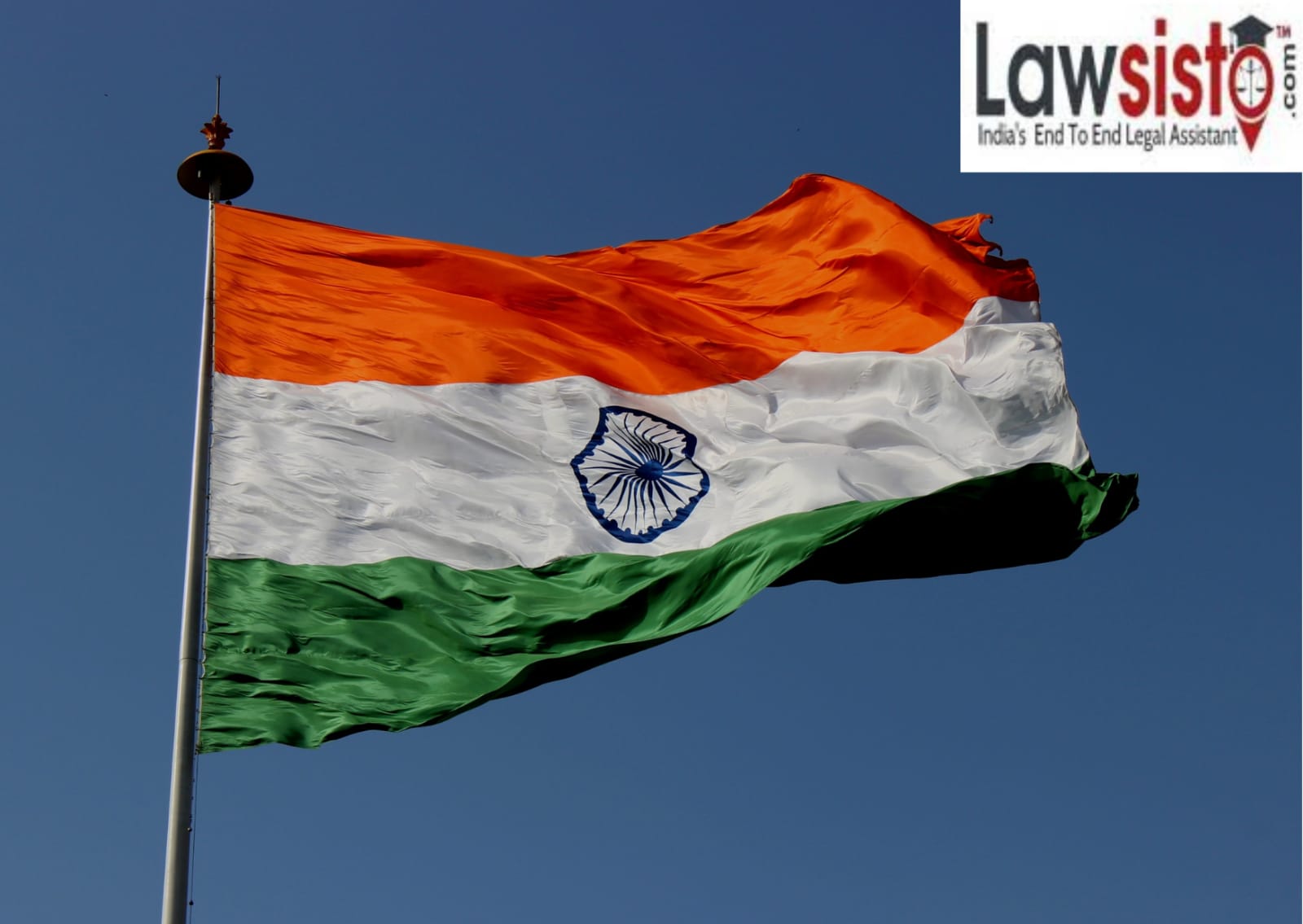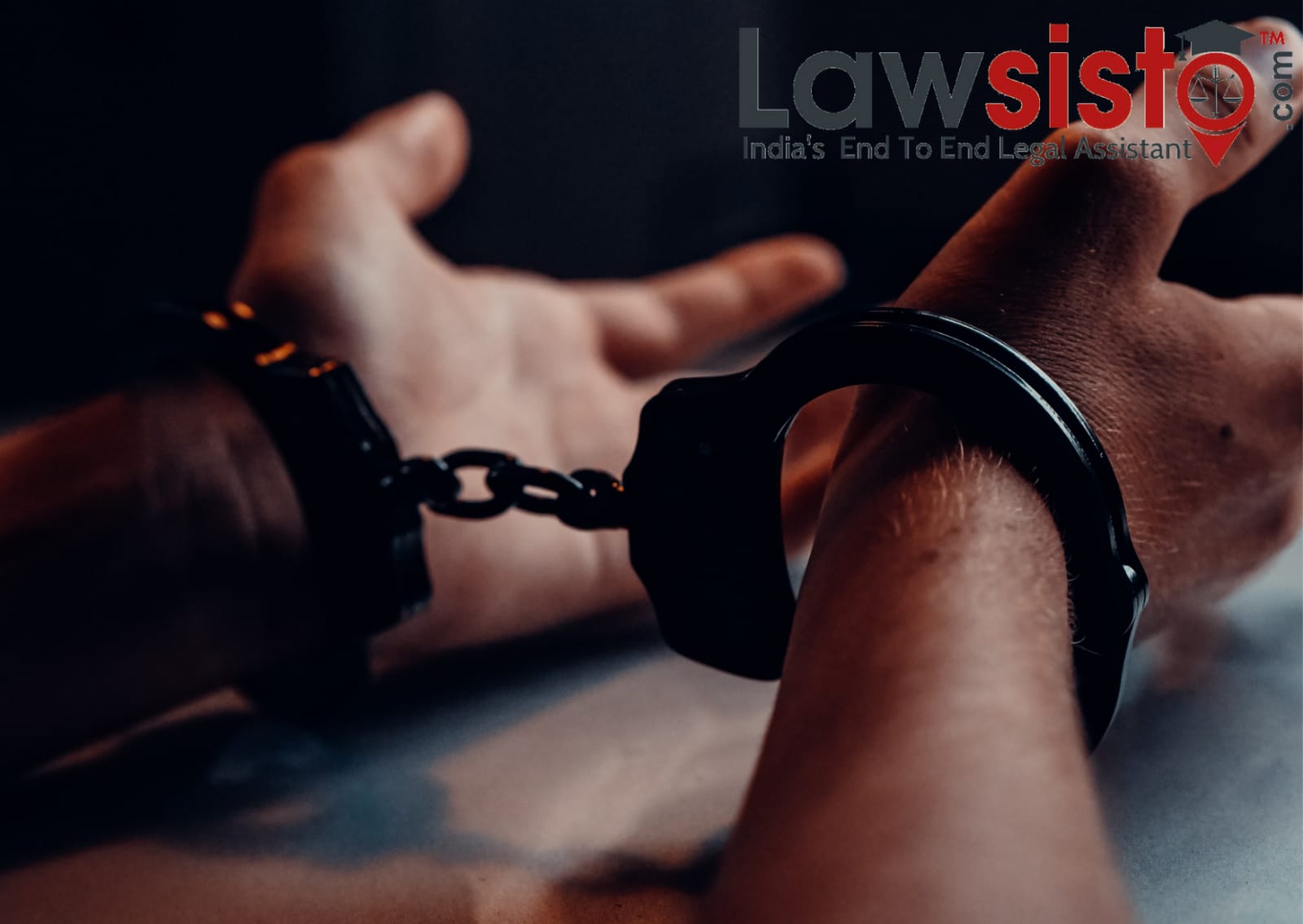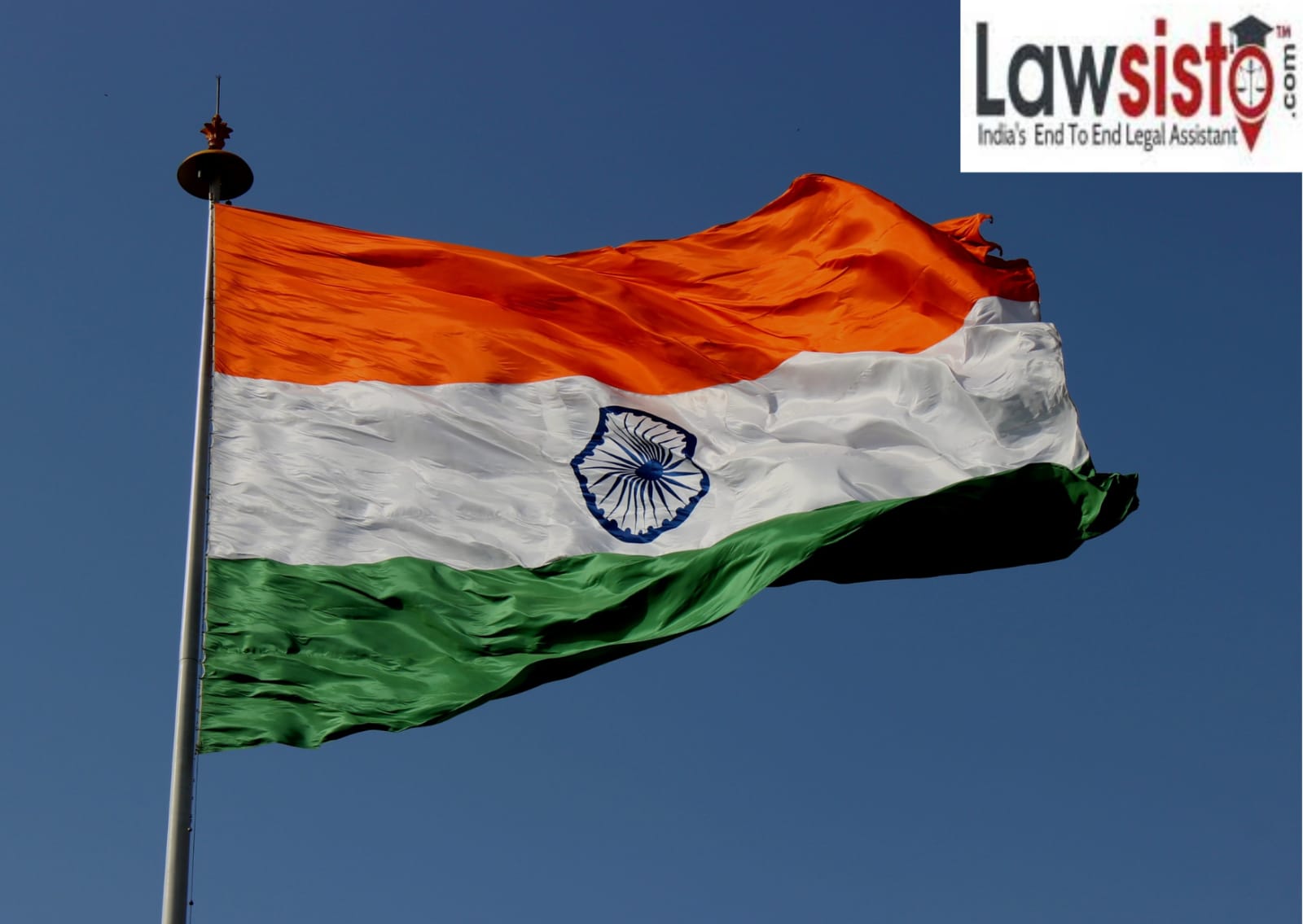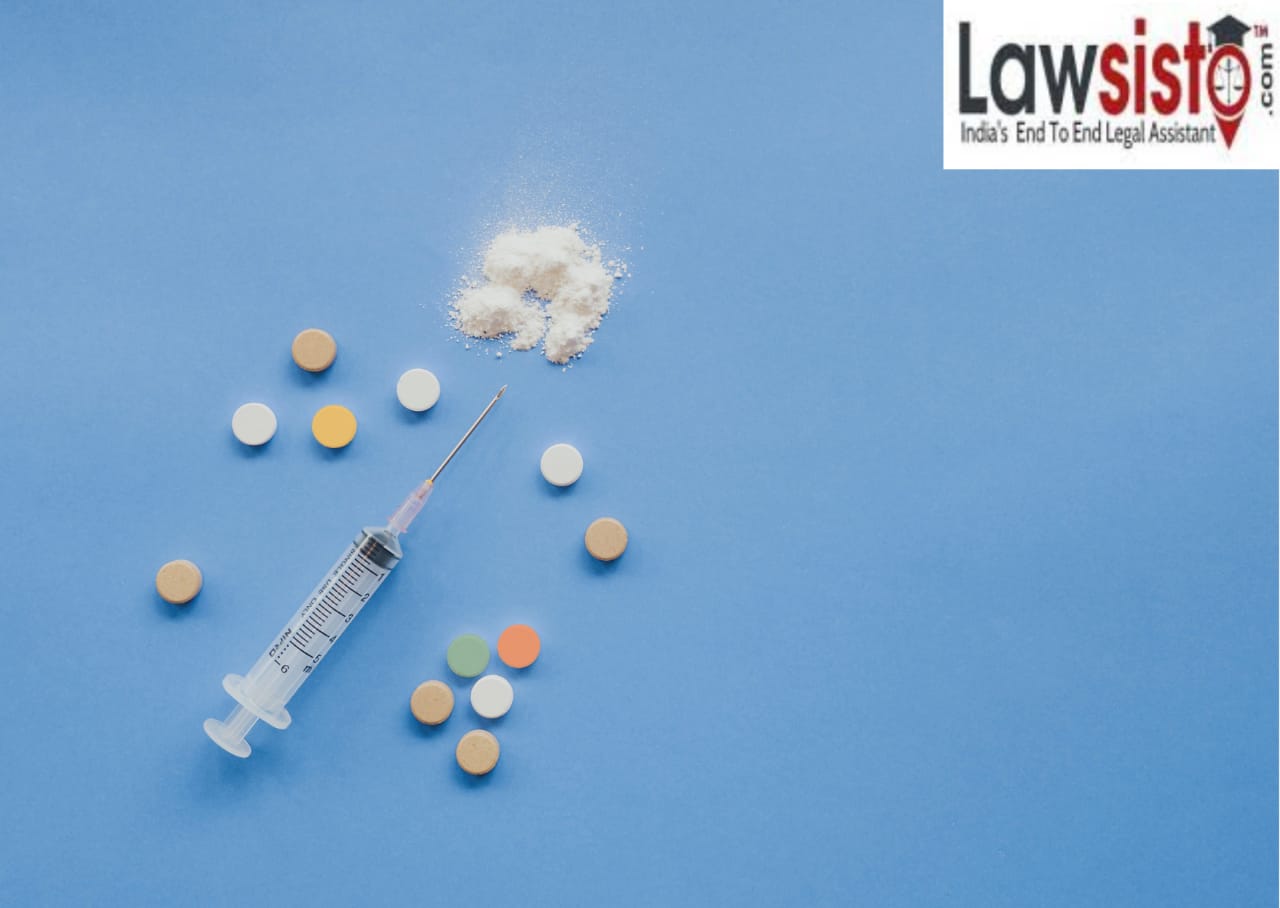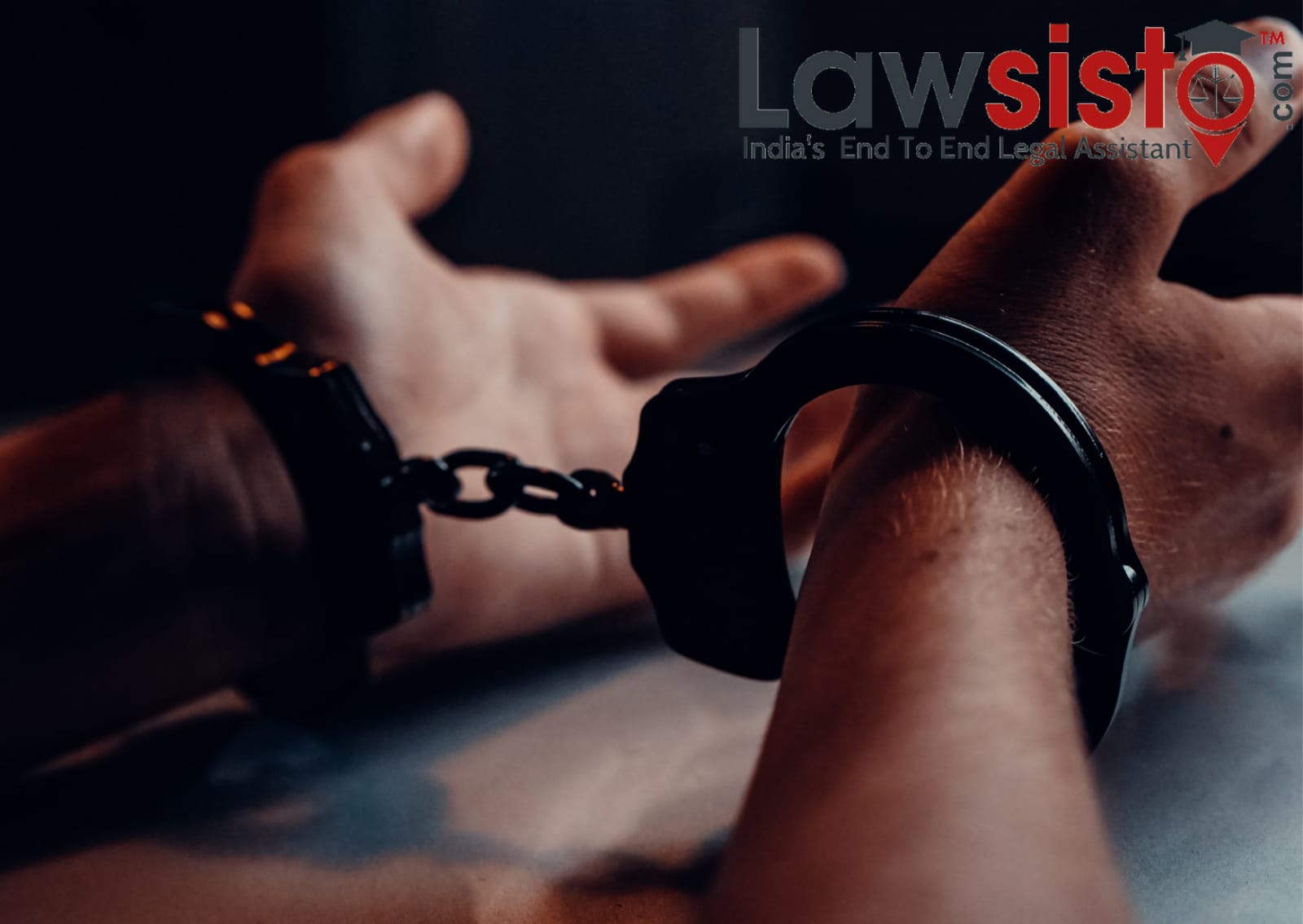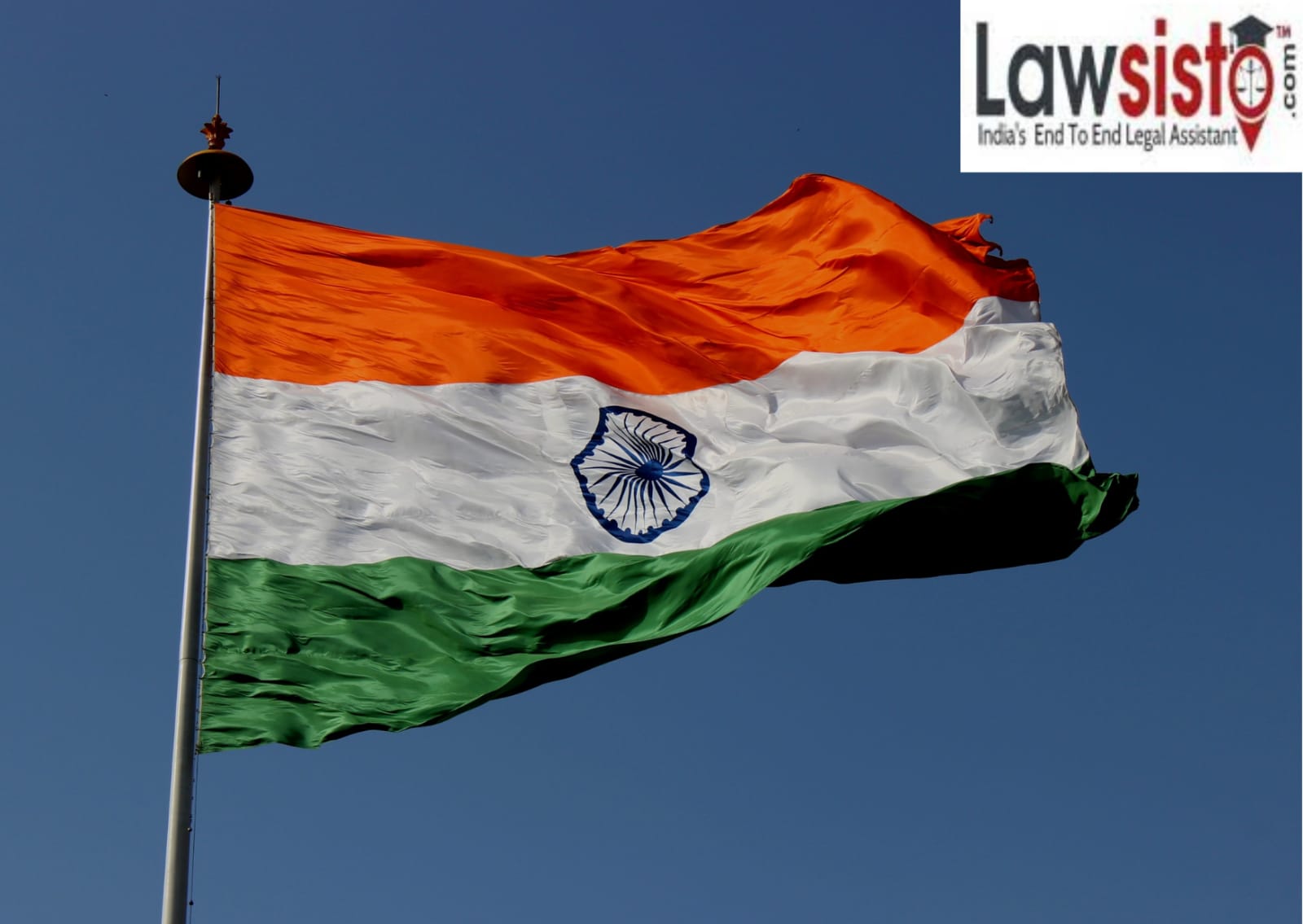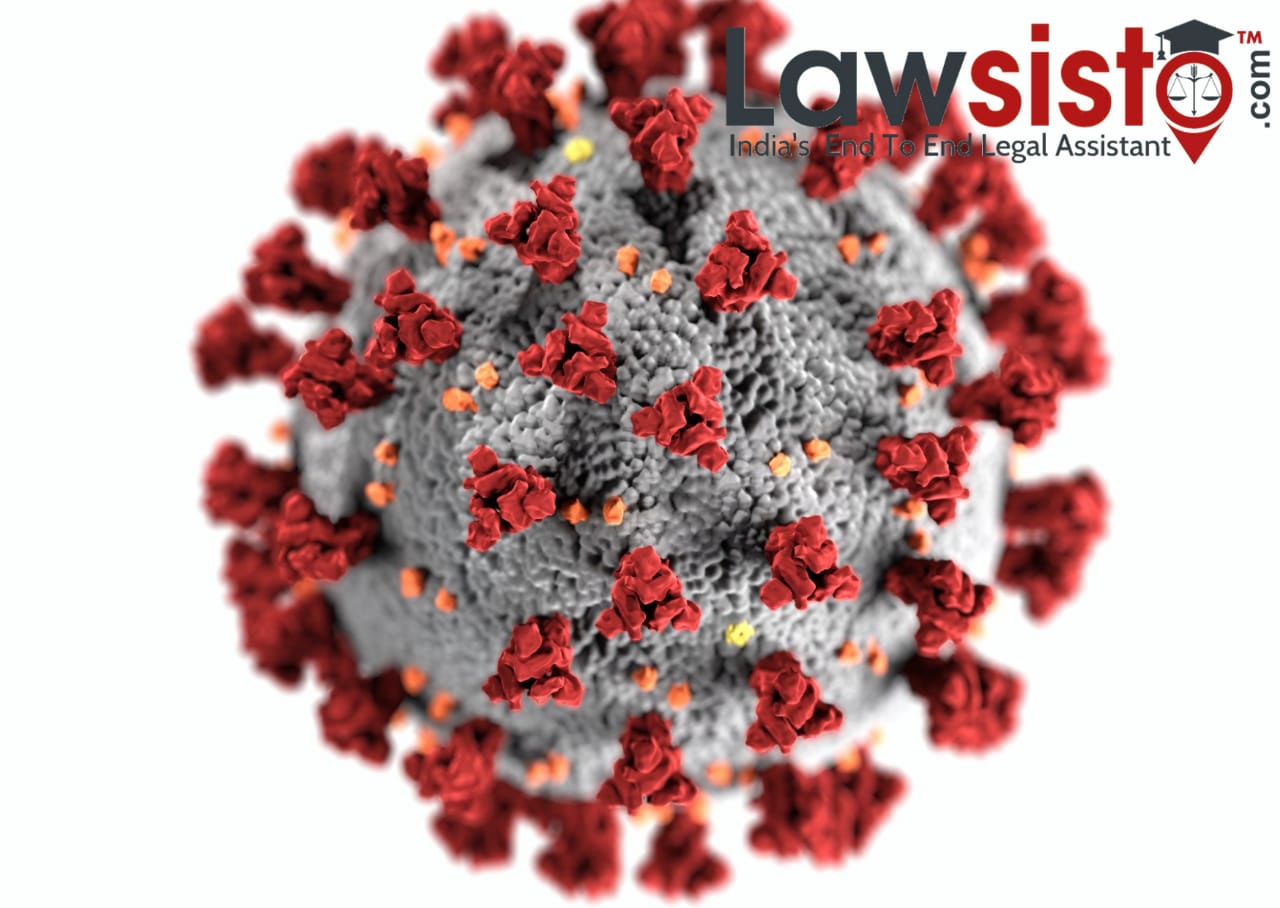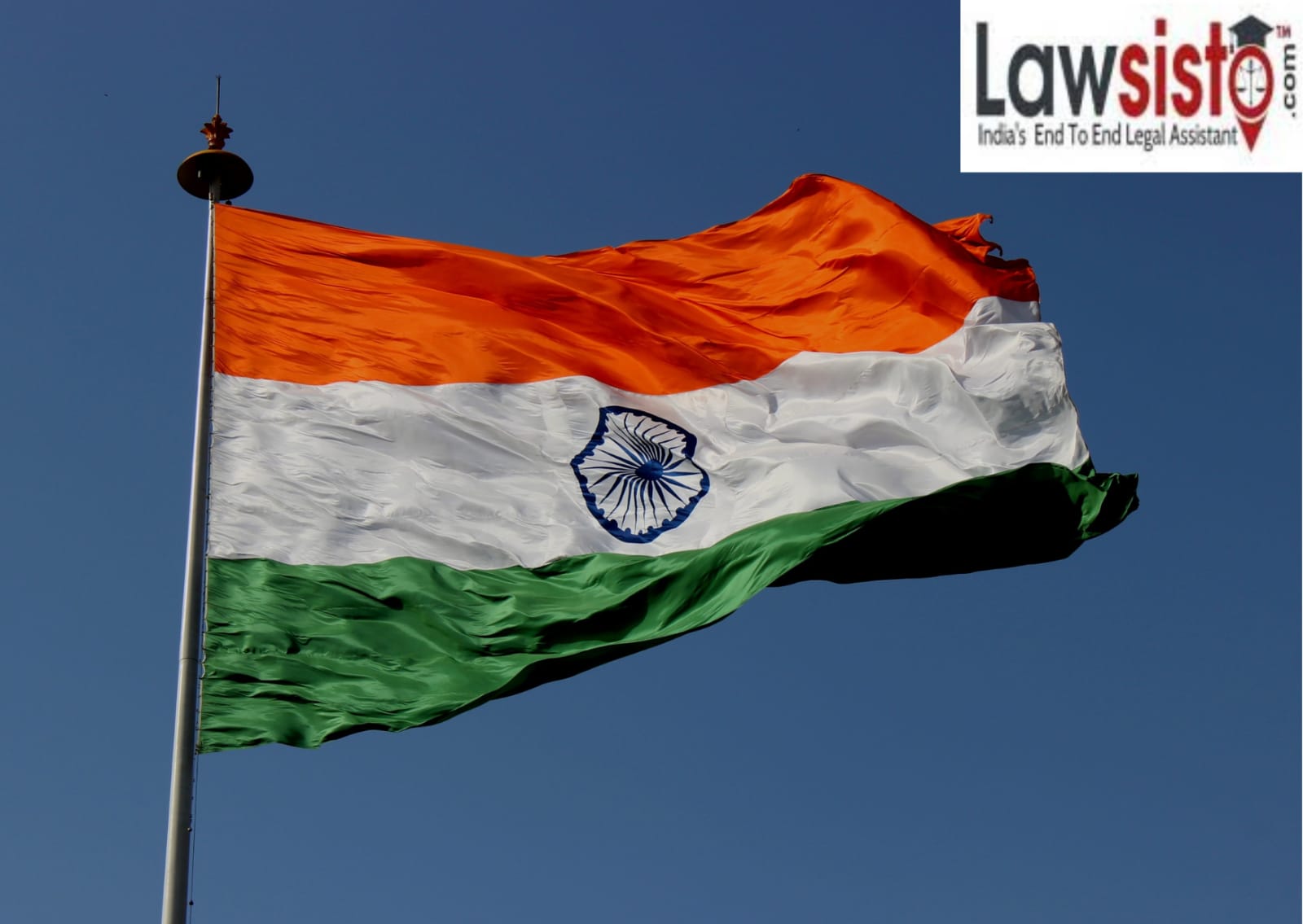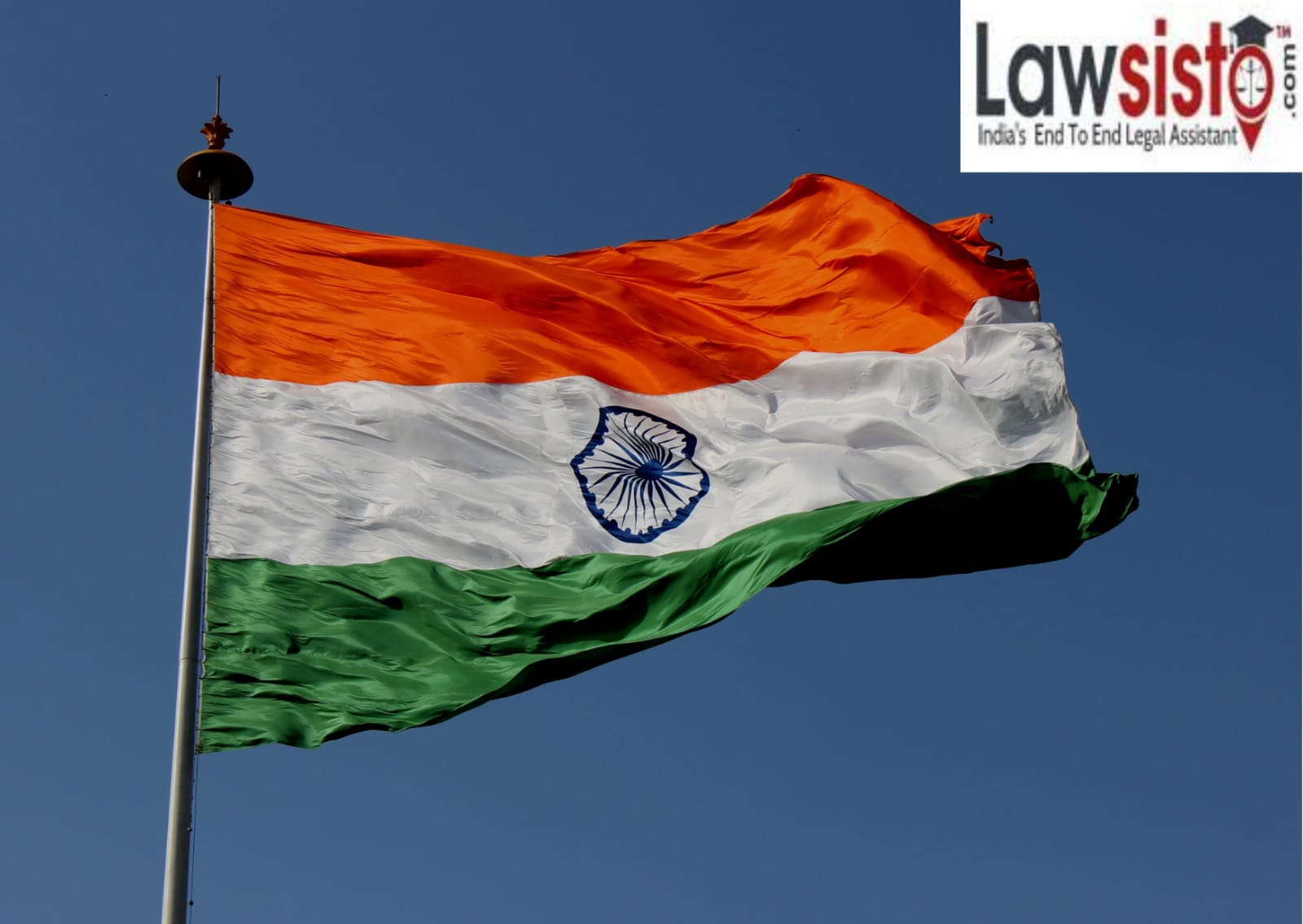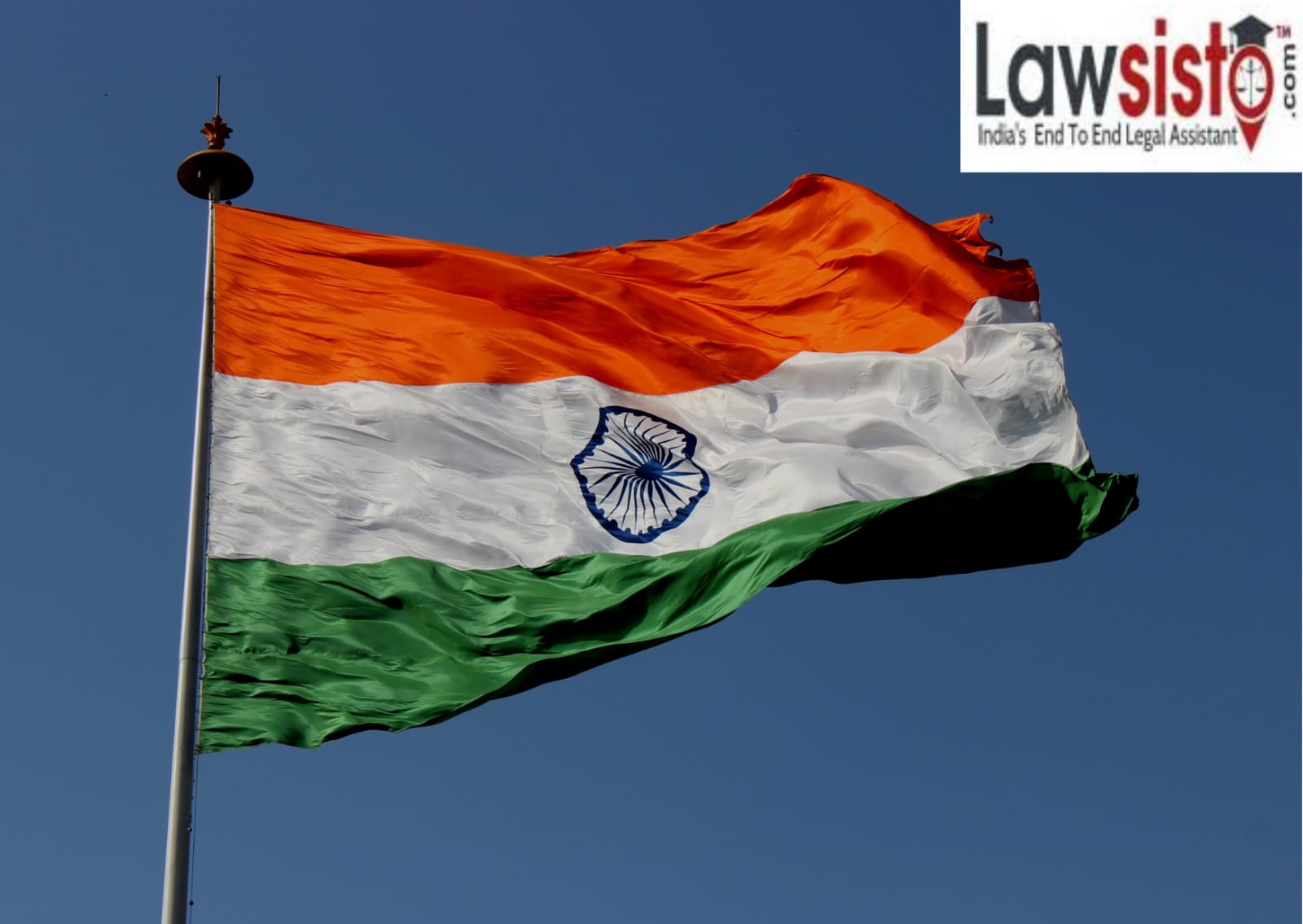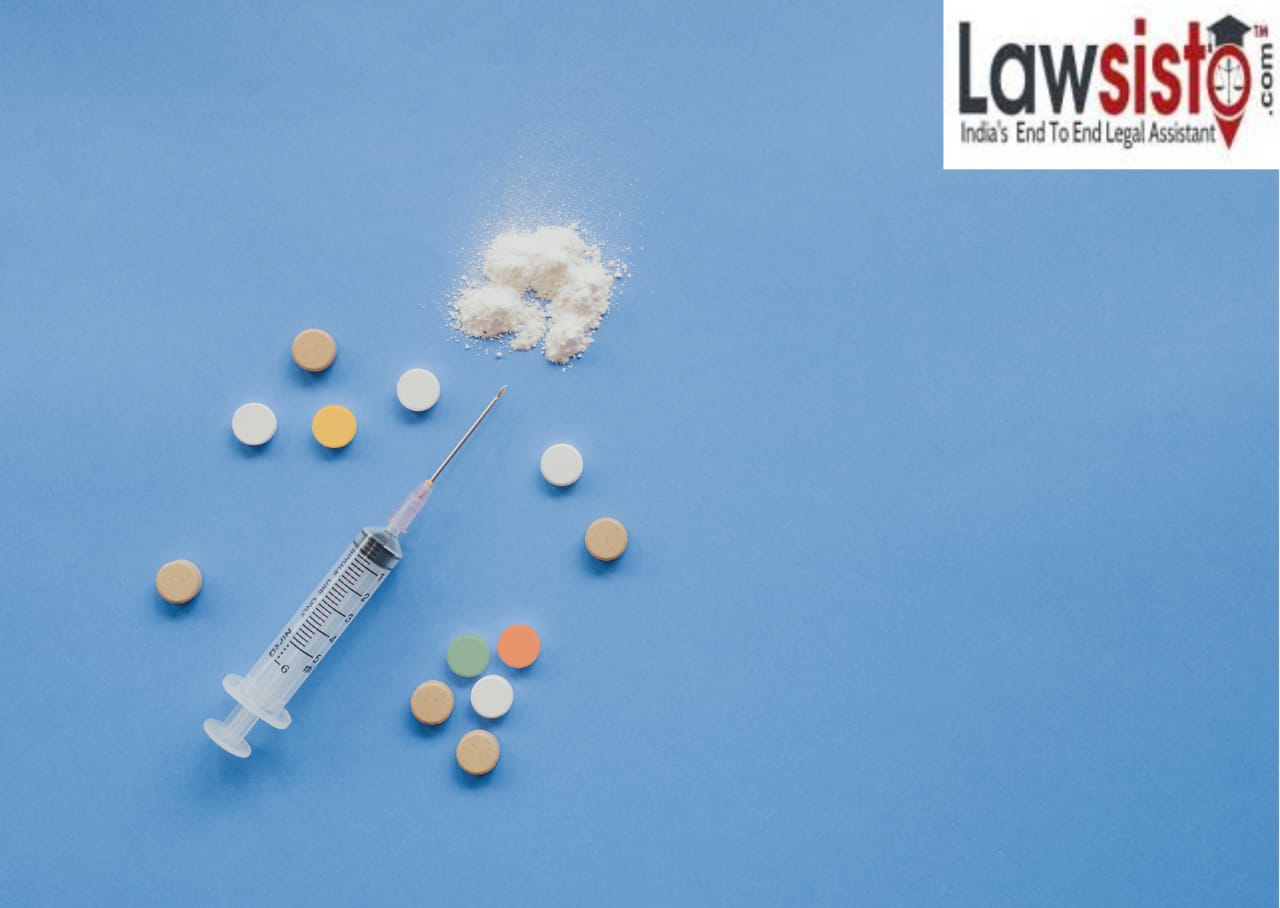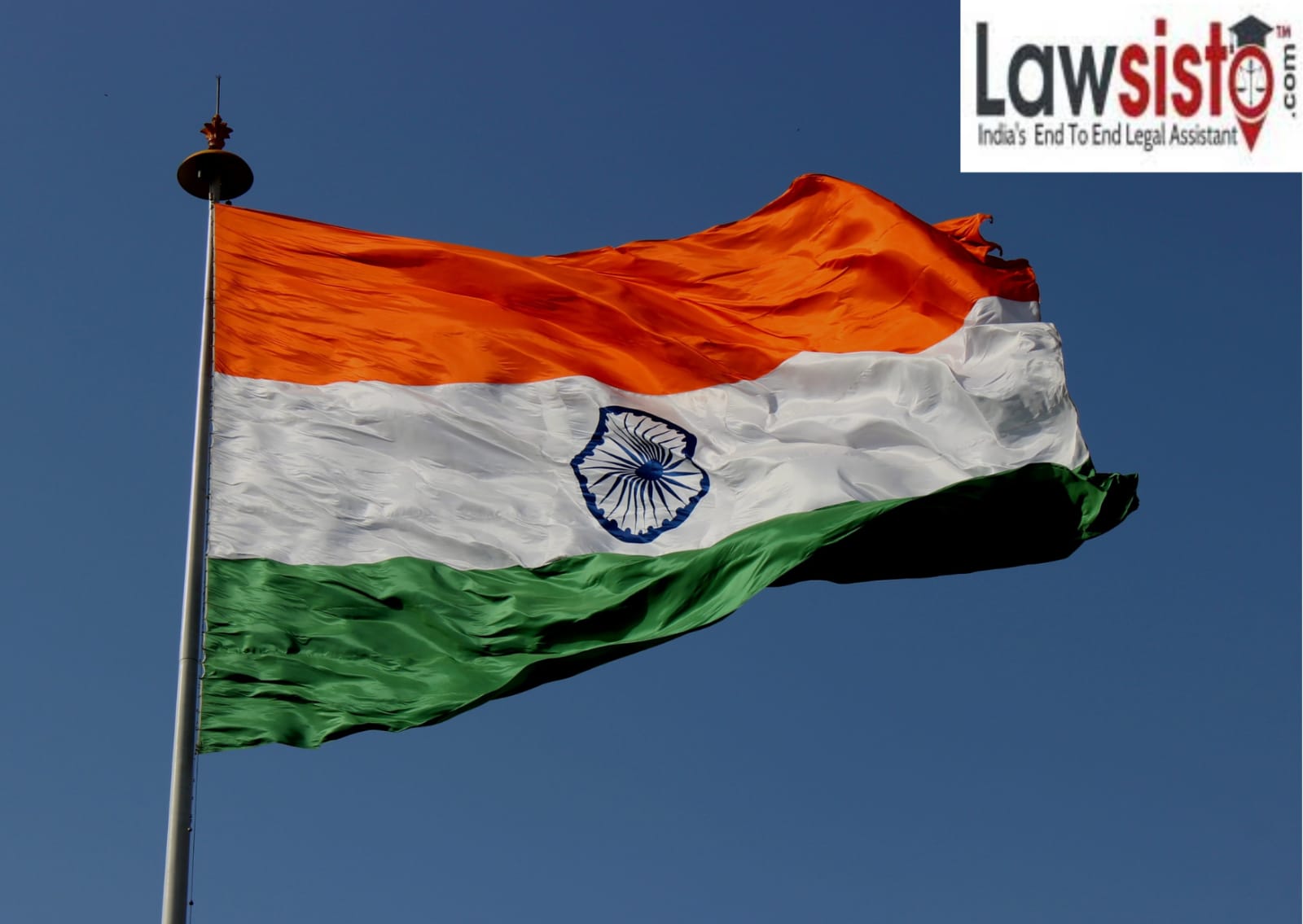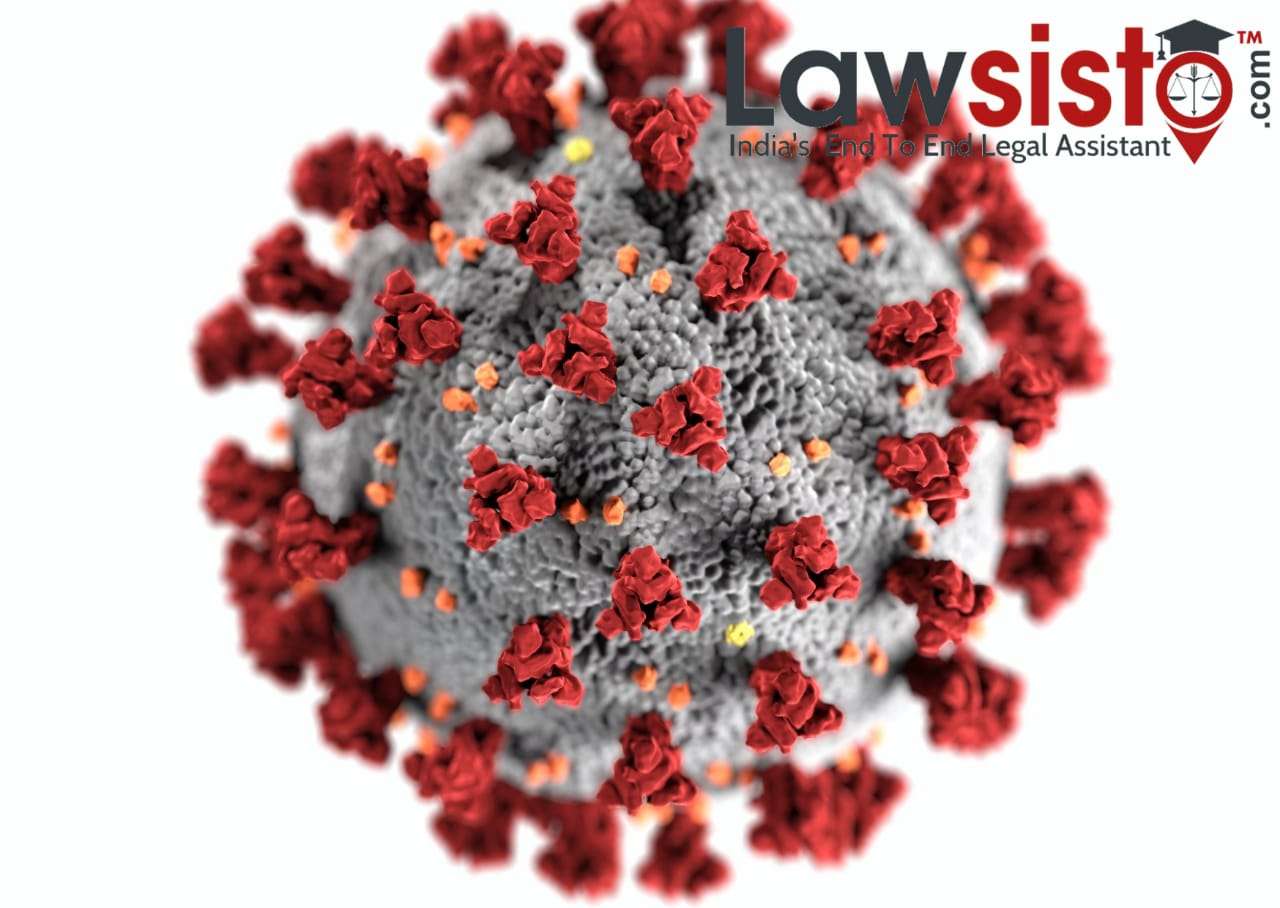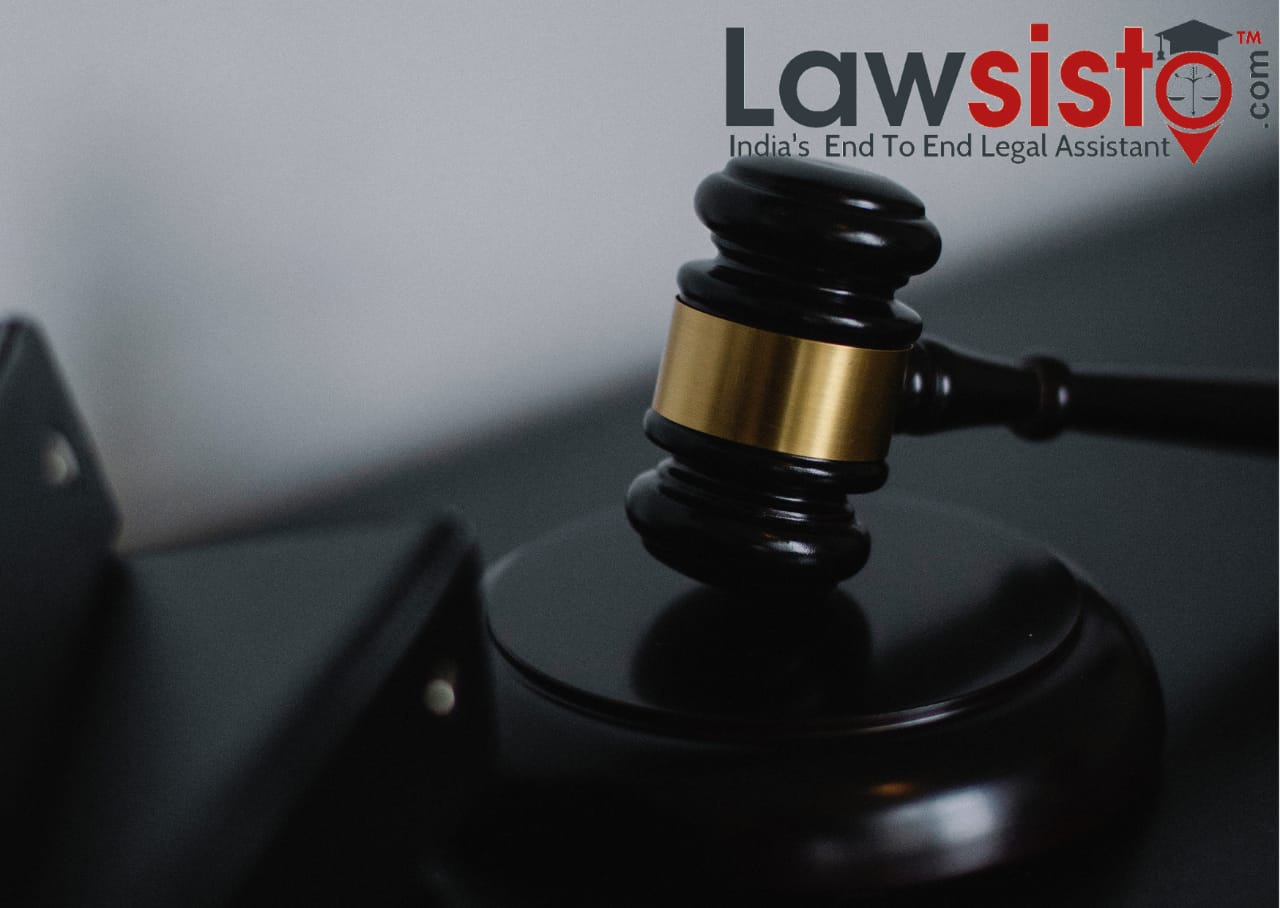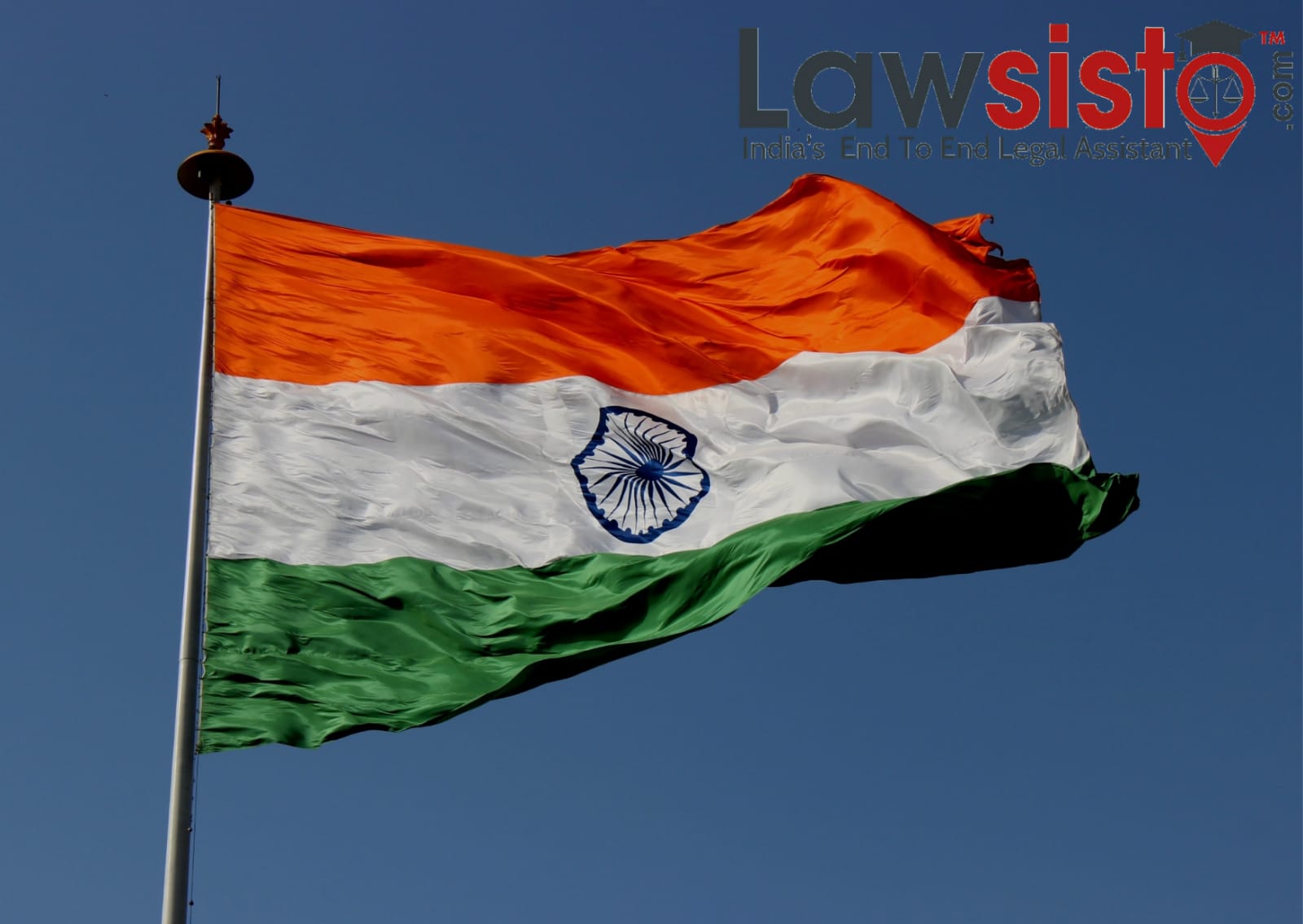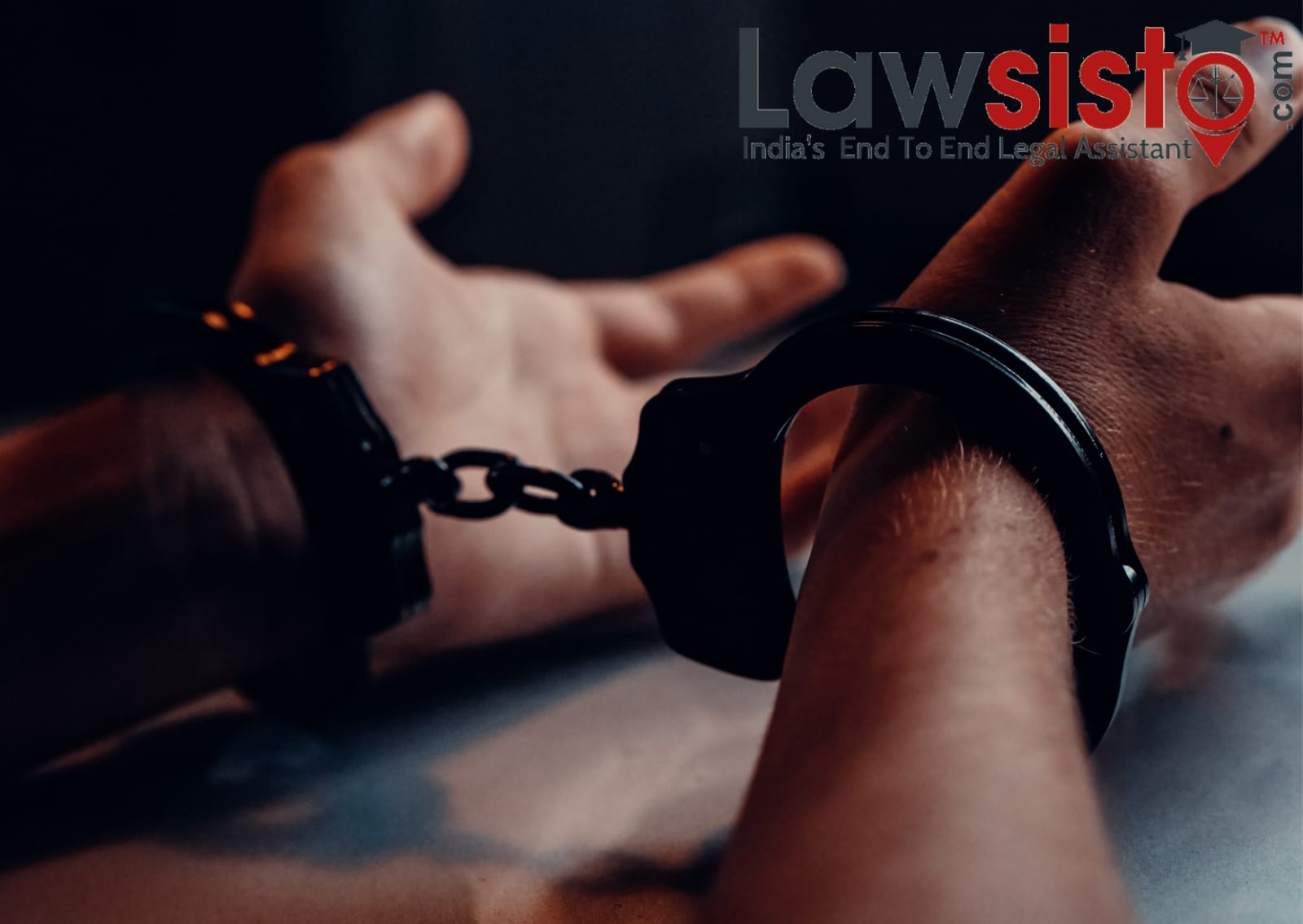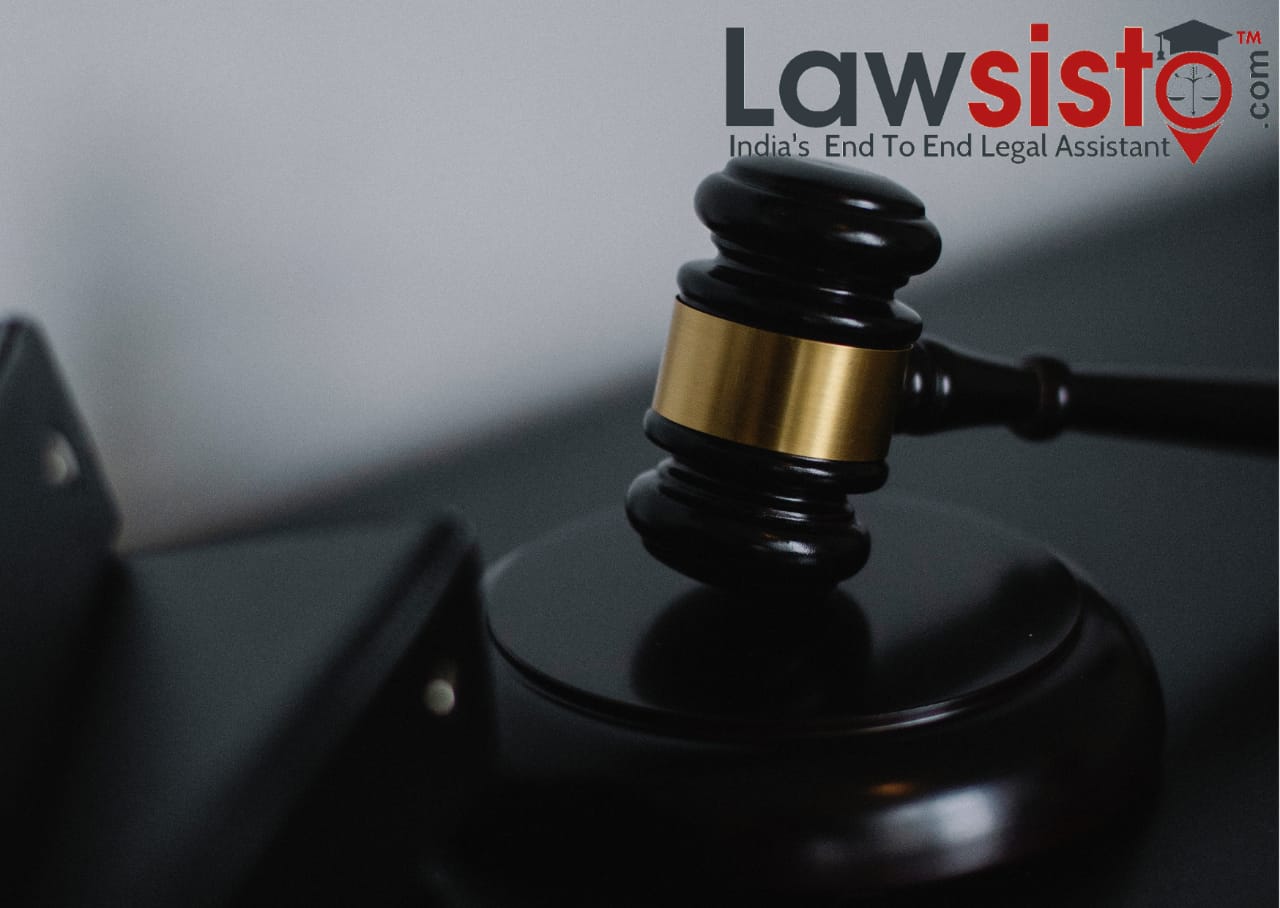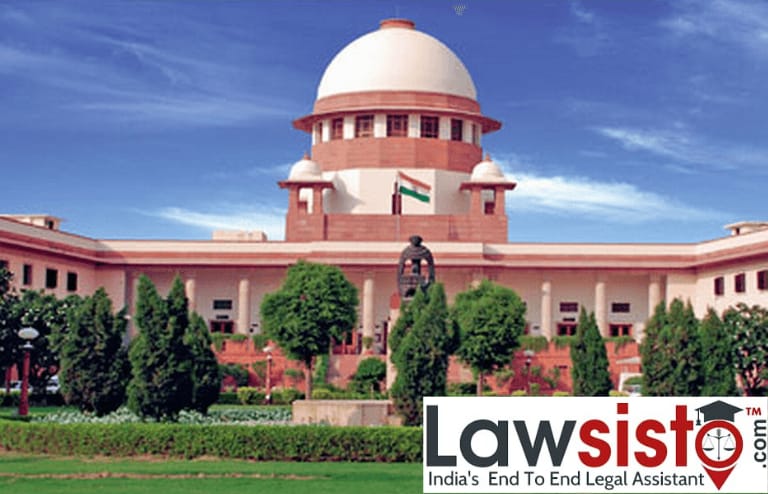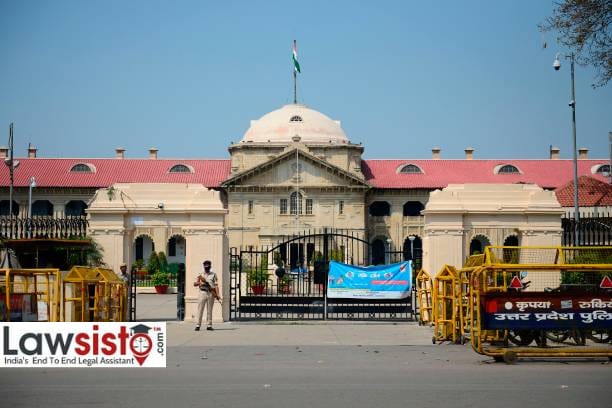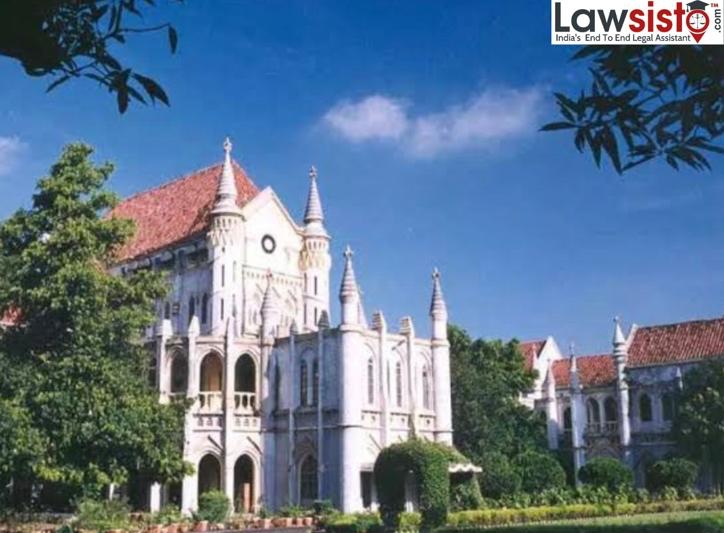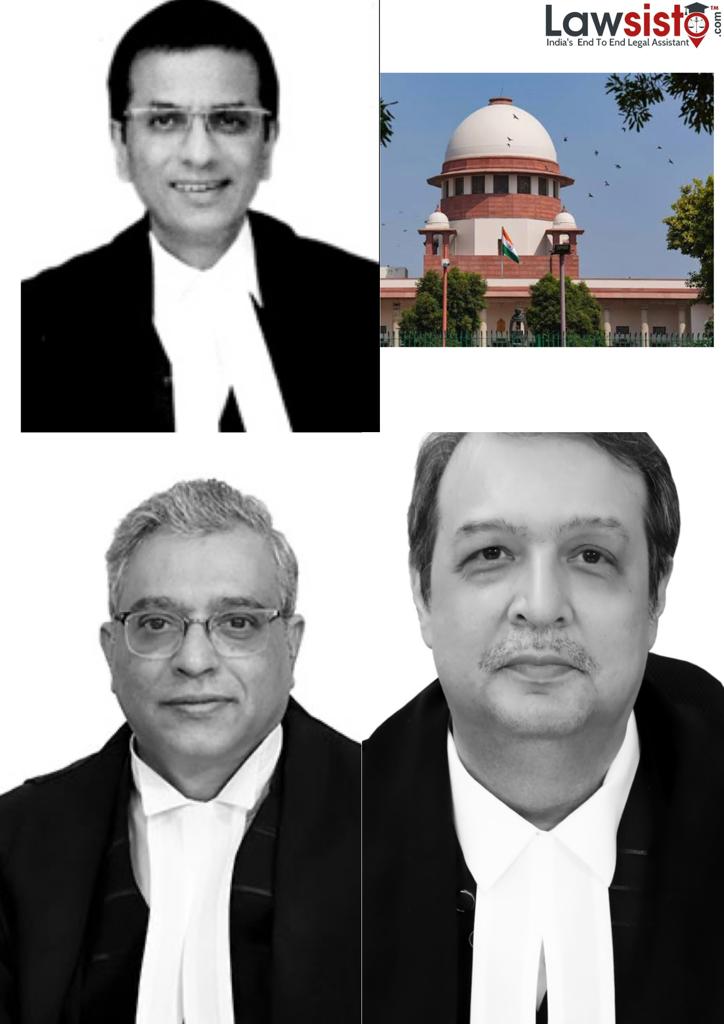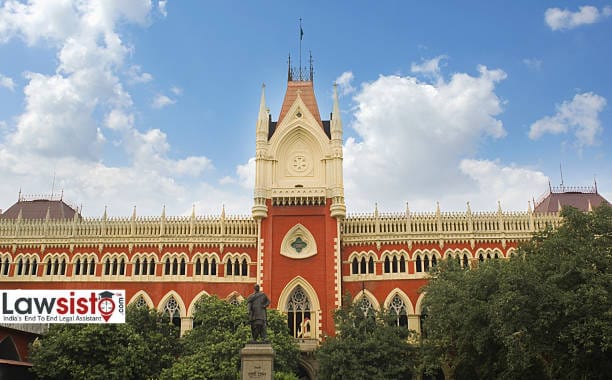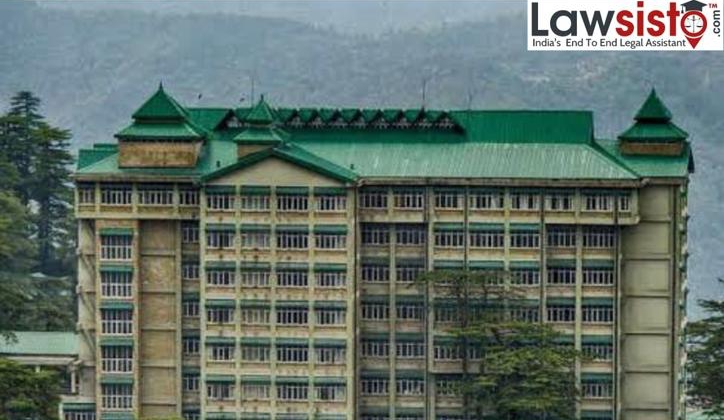Latest News
Surat Citizens Council Trust v. State of Gujarat: Judgement Analysis
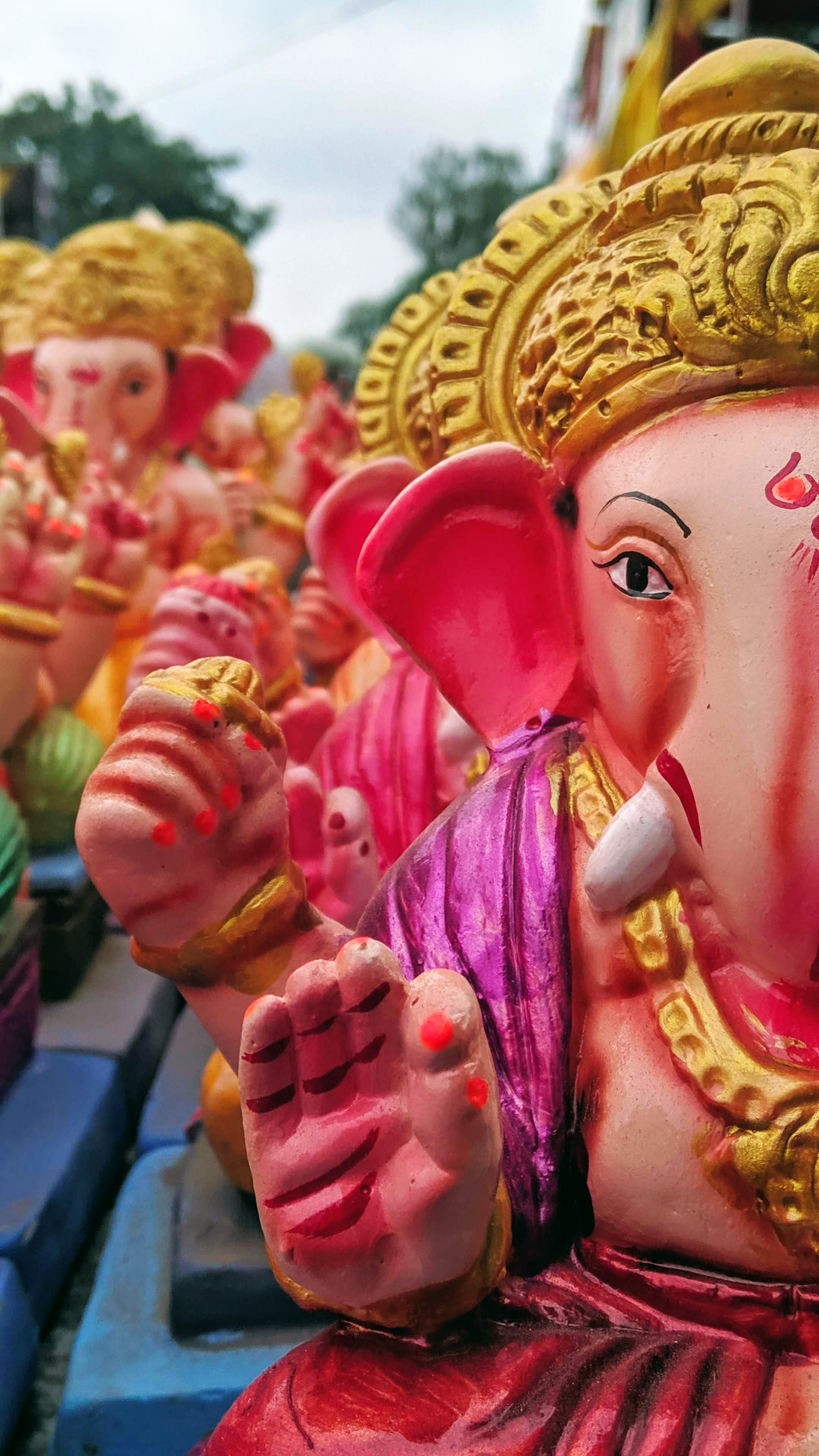
R/WP (PIL) No. 156 of 2018
Date of Judgement: 11/09/2018
Court: High Court of Gujarat
Coram: R. Subhash Reddy, Vipul M. Pancholi.
Background:
The petitioner is a Trust registered under the Bombay Trusts Act, 1950, comprising of members from the city of Surat in Gujarat. Surat Citizens Council Trust was constituted as a separate body under the Southern Gujarat Chamber of Commerce and Industry on the 27th of March, 1990 to combat public utility service-based issues. [1]
Tapi, one of Gujarat’s largest rivers, flows through the city of Surat and its water is used for drinking, irrigation as well as for industrial purposes. However, the use of the river as a body for immersion of idols for multiple festivals has raised various environmental and health concerns. The idols were predominantly made of Plaster of Paris and contained of 92% toxic elements in addition to chemical dyes and paints. The level of Total Dissolved Solids (TDS) were said to have drastically increased after festivals that involved immersions.
The present matter seeks action on part of the respondent authority to implement the Central Pollution Control Board’s (CPCB) guidelines on Idol immersion, 2010 during Ganesh Chaturthi. Through this petition, they requested the court to order the Surat Municipal Corporation (hereinafter referred to as SMC) to strictly implement the 2010 guidelines and construct more than 45 artificial ponds made of earthen bunds for immersion. They also requested the court to issue directions to the Corporation to ban the immersion of idols into Tapi during other festivals such as Durga Puja, Janmashtami, Moharam etc.
The claims of inaction on part of the respondents was nevertheless refuted, as SMC strongly contended that it had already created 13 artificial ponds within various zones of the city. They also added that they were going to add 2 more ponds in order to meet the demands of the population. The petitioners had argued that the respondents had done nothing to ban the immersion of idols into Tapi but it was eventually proved that they had in fact effectuated the ban and the same was printed in the Times of India. SMC further advanced their commitment in the matter by producing a letter sent to the Secretary of the Urban Development Department of Gandhinagar.
Letter to Urban Development & Urban Housing Development, Gandhinagar:
The letter was sent on the 10/09/2018, one day before the procedure and 3 days before the festival and indicated the steps taken by SMC in avoiding and abating pollution. It contained that they had appealed to the citizens to use eco-friendly Ganeshas that were not painted using any toxic dyes or chemicals. All idols up to a height of 5 feet were appealed to be immersed in the artificial ponds. The remains of the immersion were also said to be segregated and disposed of the day after the festival and added the proposal to avail the services of Essar Company on humanitarian grounds to assist in the disposal. The letter further added that they had proposed to create 19 ponds for immersion in 2018 that could hold up to 72,100 idols and stated that the Corporation had lent infrastructural aid in addition to supply of water to the ponds.
Central Pollution Control Board Guidelines on Idol Immersion, 2010:
The CPCB Guidelines came into being in July, 2010 and stated that idols ought to have been made out of natural materials as provided in holy scriptures. The guidelines discouraged the painting of idols and added that if painted, to be strictly based off water-soluble and non-toxic dyes. Guideline 2(iii) directs the removal of all worship and decorative material prior to immersion in addition to segregation of those materials prior to disposal.
Guideline 2(v) provides that Idol Immersion Points (IIP) have to be barricaded and that artificial ponds may be placed with synthetic liner on the bottom. Local bodies are expected to identify an adequate number of IIP spots and release the water into free-flowing sources after checking for their colour and turbidity.
Immersions in lakes and ponds may be done only in a corner with the aid of synthetic liners. It also adds that lime is to be mixed with the water after removing the remains and the local authorities have to undertake desludging. Immersions in rivers are permitted only in temporary ponds with earthen bunds along the river bank and the remains from the same are to be disposed within 48 hours.
Analysis:
The CPCB Guidelines, 2010 came into being as a result of an order dated 10/02/2009 to constitute a committee to frame guidelines on the topic of idol immersion. [2] This was not the first time that the petitioner had requested the Gujarat High Court to direct the SMC to implement them. It was previously raised in Surat Citizen’s Council Trust v. State of Gujarat (2014) a few weeks prior to the festival of Ganesh Chaturthi. SMC rebutted with a stance similar to the one in the present matter by constantly emphasising that they were taking all measures to enforce the directions issued by various courts. It was also contended that the construction of about 8 to 10 artificial ponds would be done exactly a day before the festival. The petitioner requested the learned single judge bench to direct the completion well in advance as immersions would take place prior to the final days of the festival as well. Nevertheless, the court was of the opinion that those directions were sufficient and no further action was warranted by the matter. Another PIL seeking modifications of the CPCB Guidelines to make them more comprehensive was disposed on 11/11/2014 by the Gujarat High Court in light of the subject matter being one to be taken up before the National Green Tribunal.
The learned judges went through the letter by the SMC and were satisfied by the efforts on part of the respondents. However, the letter’s contents were not directive per se and merely stated that an appeal was made to the citizens. Moreover, the CPCB Guidelines under guideline 2.2(i) despite being directive, suggest the creation of artificial ponds a month prior to the date of the festival. It also adds that all concerned authorities and the public are to be made aware about the zones and locations for immersions. Despite the same, the order banning immersions in Tapi was circulated only through a single newspaper. The petitions in 2014, multiple idol immersions in Tapi in 2017 and the matter being raised yet again in 2018 provide sufficient knowledge as to the inaction on part of the respondent authority and the need to make the Guidelines mandatory and more stringent.
The Hon’ble 2 judge bench of the High Court considered the submissions from both the sides and acknowledged the binding value of orders by the National Green Tribunal on the implementation of the Guidelines of 2010. The Court referred to the ban on immersion in Tapi that was communicated through the Times of India as well as the letter made out on 10/9/2018 and were satisfied by the steps taken by the SMC in this regard. Furthermore, upon hearing the steps taken by the respondent authority, the petitioner requested the Court to dispose of the matter which was accepted.
Conclusion:
The court ordered the respondent to oversee that the ban on immersion was not only for the festival of Ganesh Chaturthi but also all other festivals. The ban on immersing in river Tapi was asked to be given widespread publication through newspapers having wide circulation in Surat. Thus curing the infirmity in the communication of the ban. The Municipal Corporation was further directed to undertake public awareness programmes through print and electronic media while also spreading awareness to manufacturers of Plaster of Paris based idols.
In 2017, more than 60000 idols were installed in Surat and most of them were immersed in Tapi despite the guidelines of 2010 in existence. Greater number of immersions in rivers may be attributed to the lack of awareness about these artificial ponds or the difficulty in using them. The petitioners had previously raised the issue of inaction in 2014 but failed to yield desired results. Needless to say, the court secured the implementation of the Guidelines of 2010 through its extensive order that demanded additional intervention by the respondent. This judgement of the Gujarat High Court plays a crucial role in setting down a precedent for saving India’s rivers that get polluted due to idol immersions during festivals.
In 2020, the CPCB brought about reformed guidelines on the 12th of May that banned idols made of Plaster of Paris and the use of decorations made of single-use plastics and thermocol. Idol makers are also to register with the local civic bodies and obtain licenses from the respective authority.
[1] Surat Citizen Council Trust, https://www.sgcci.in/pages/surat-citizen-council-trust/ .
[2] Andhashraddha Nirmulan Samity & Anr. v. State of Maharashtra & Ors., 2011 2 BOM CR 514.
Document:

